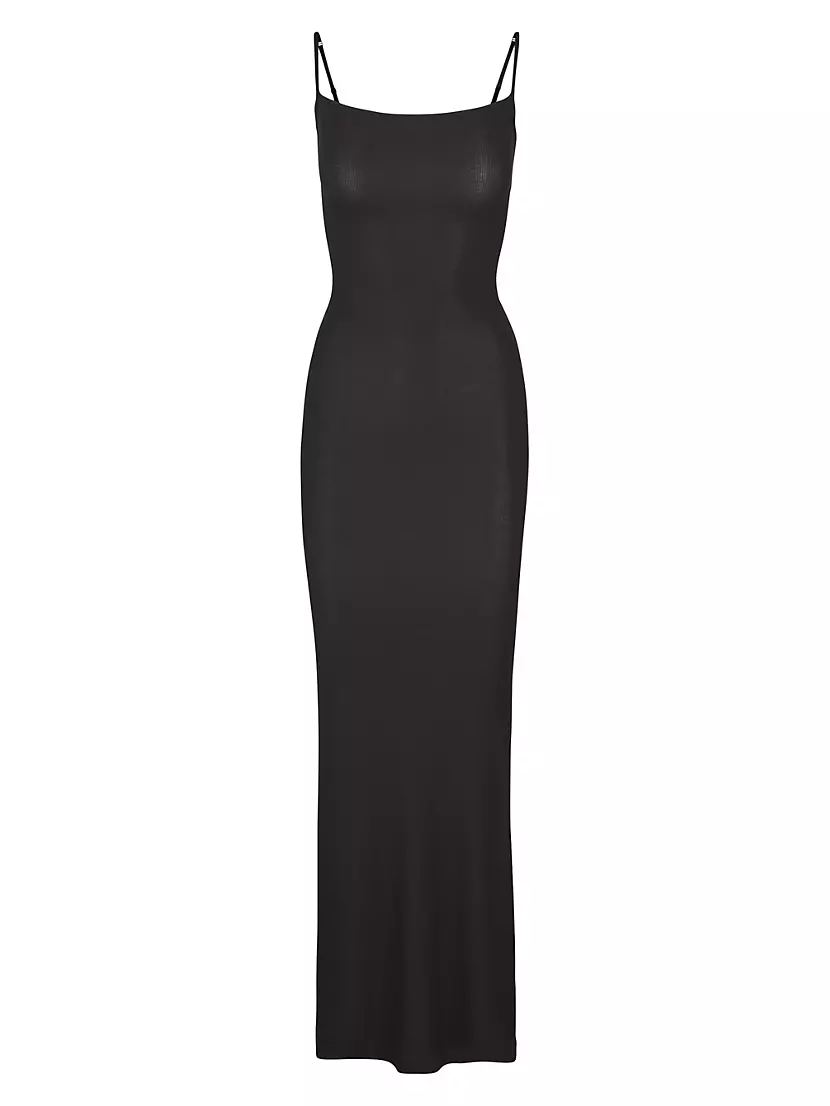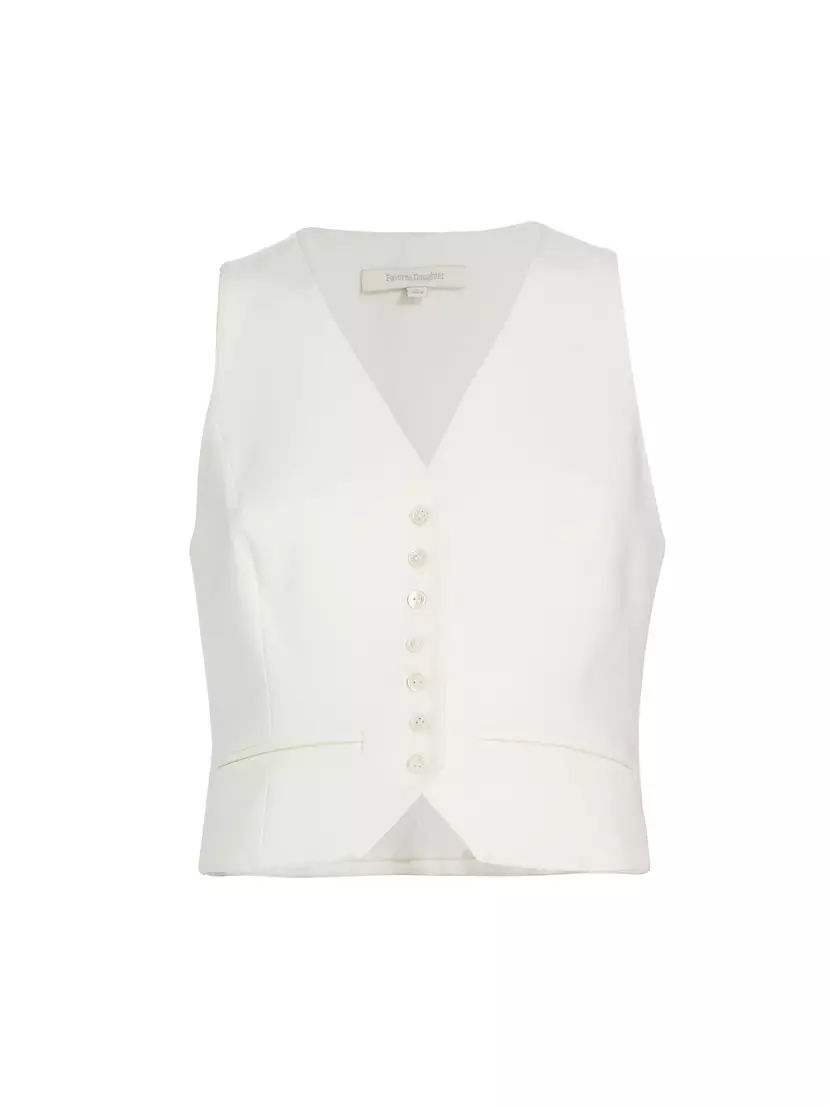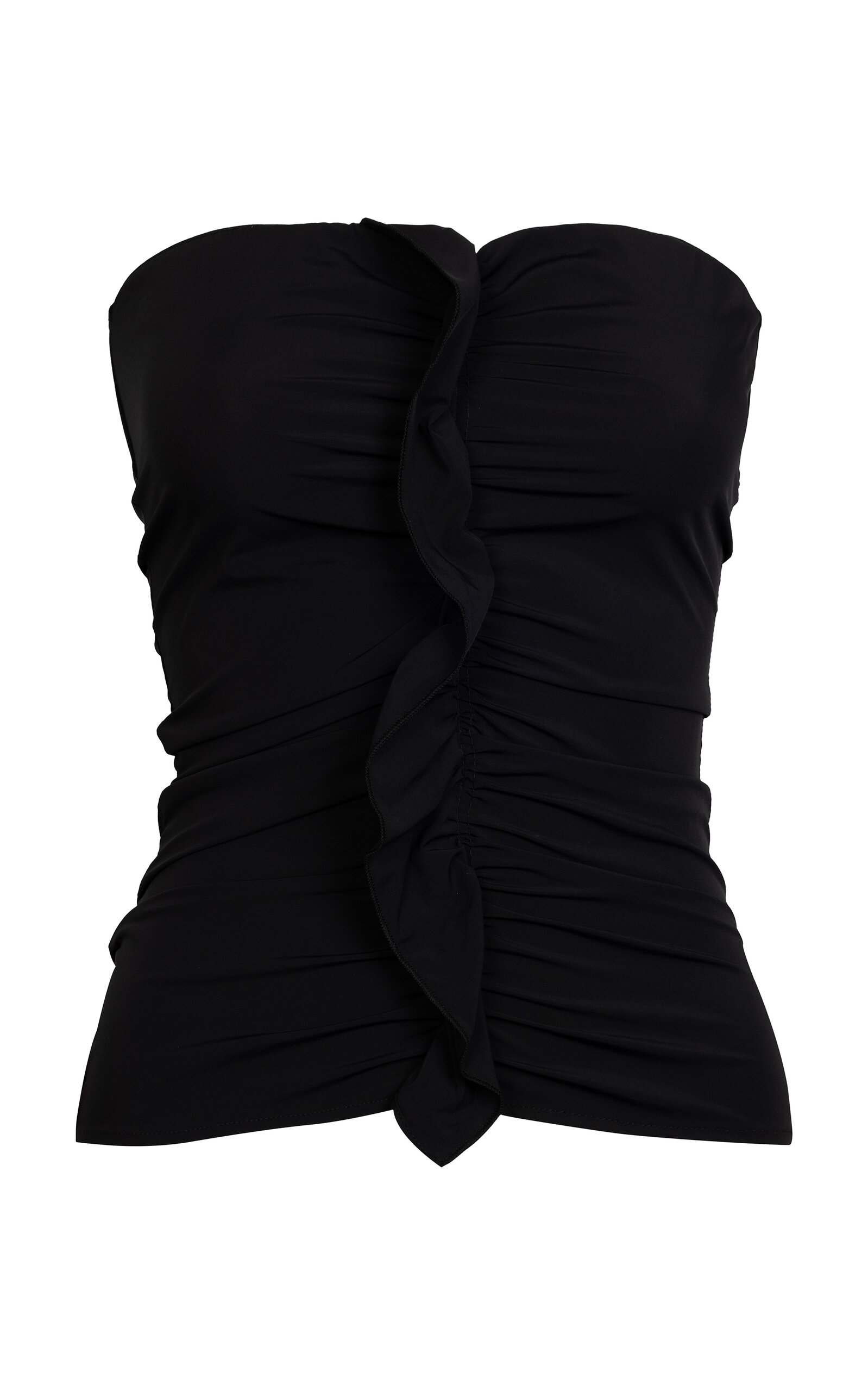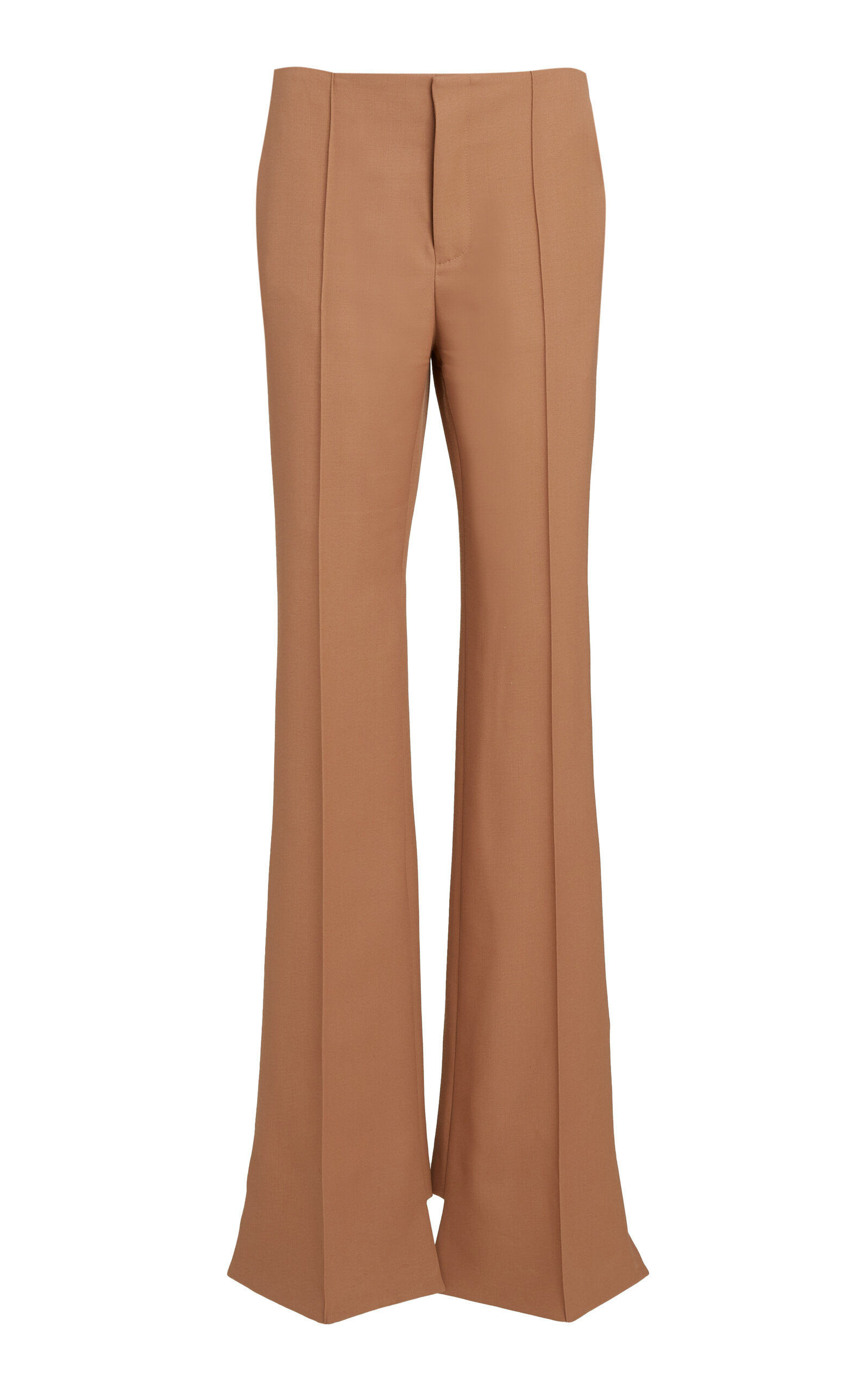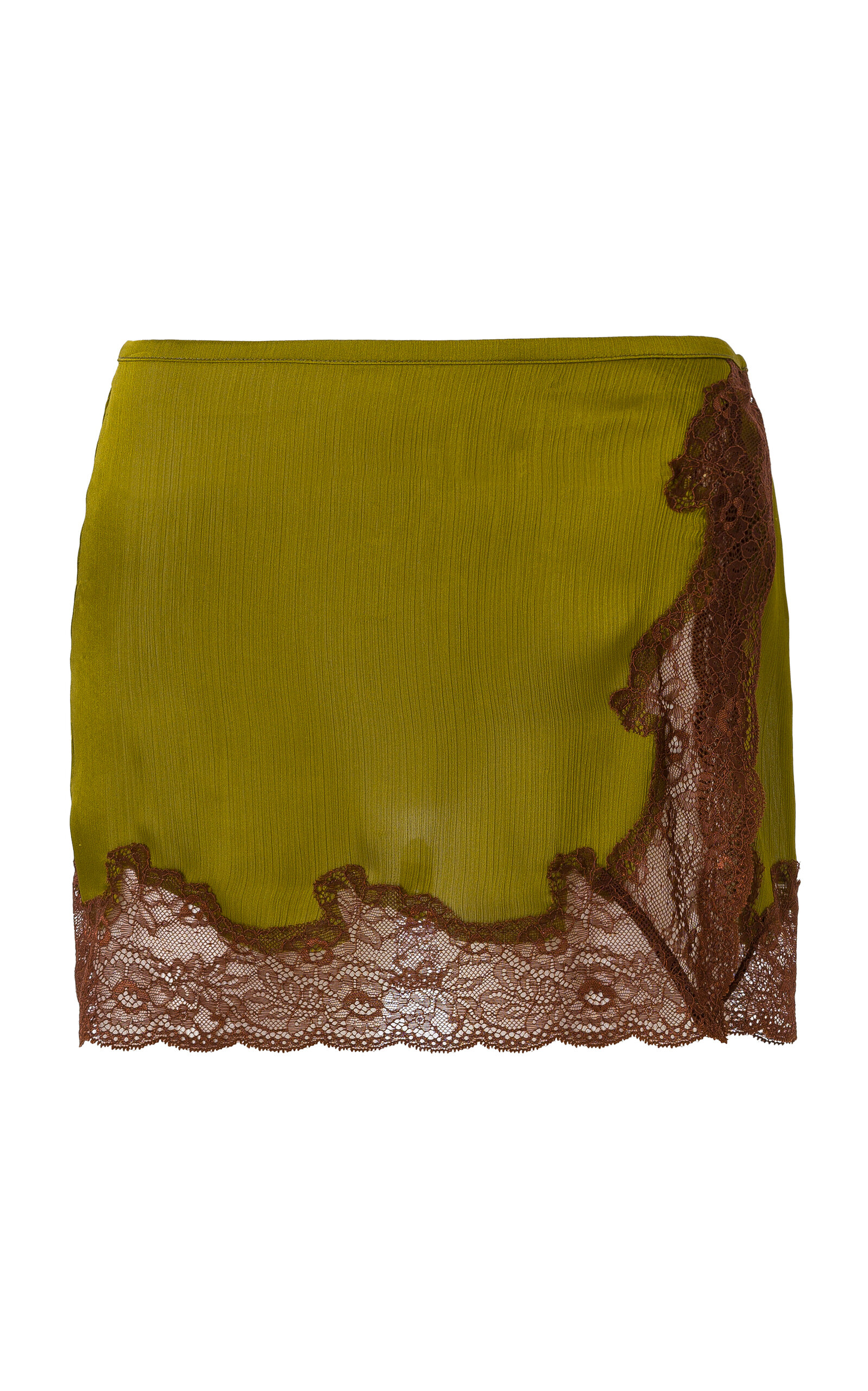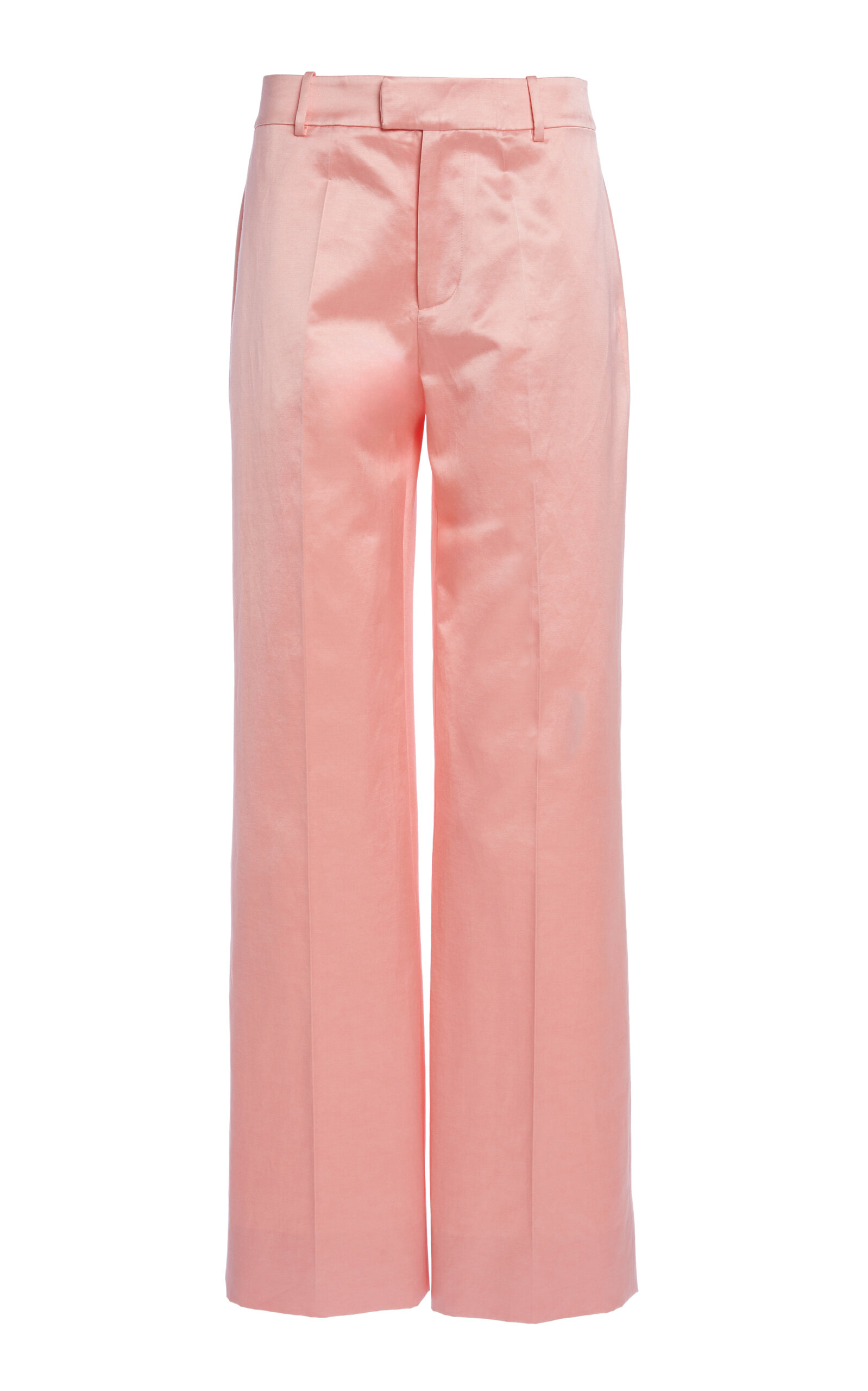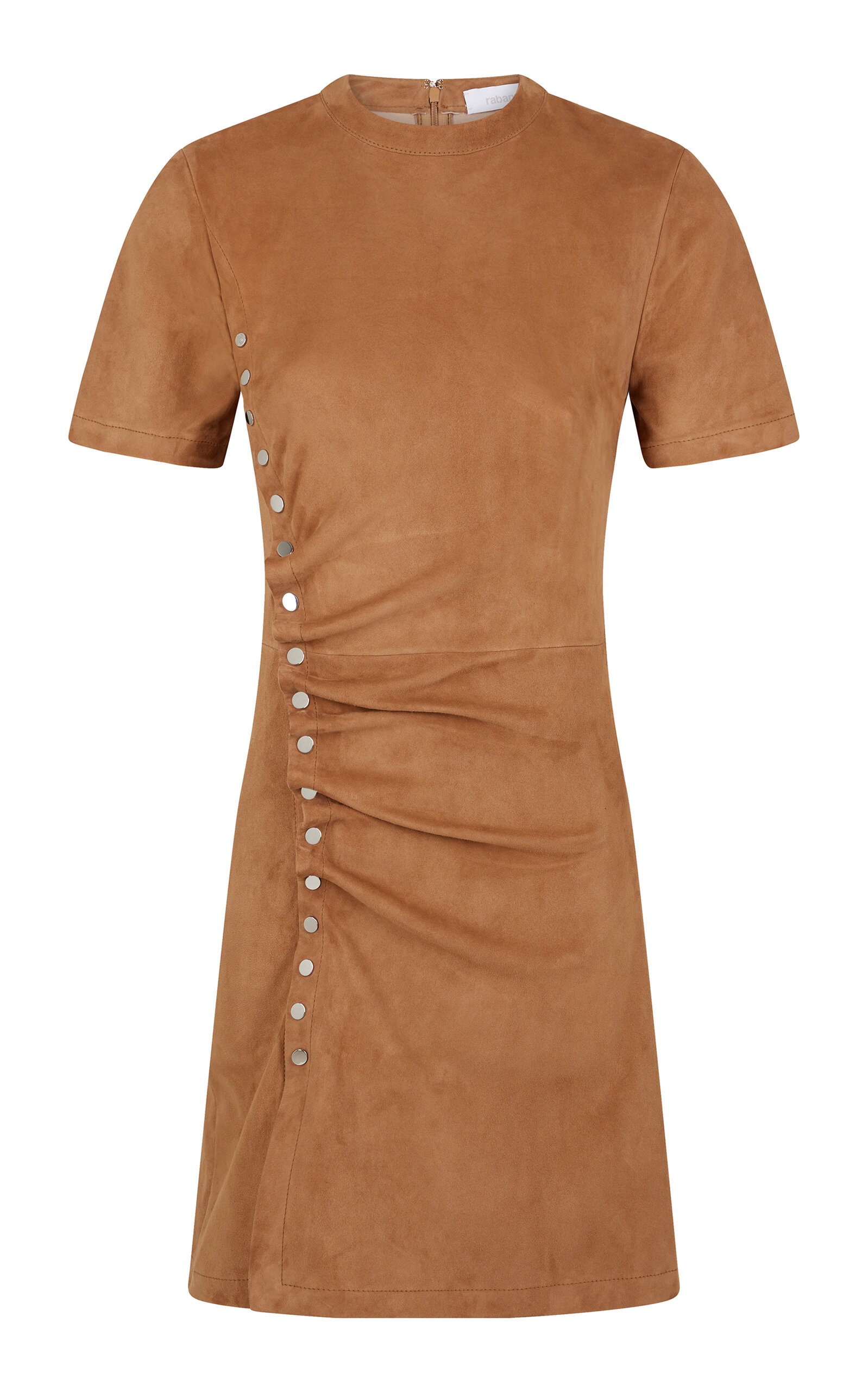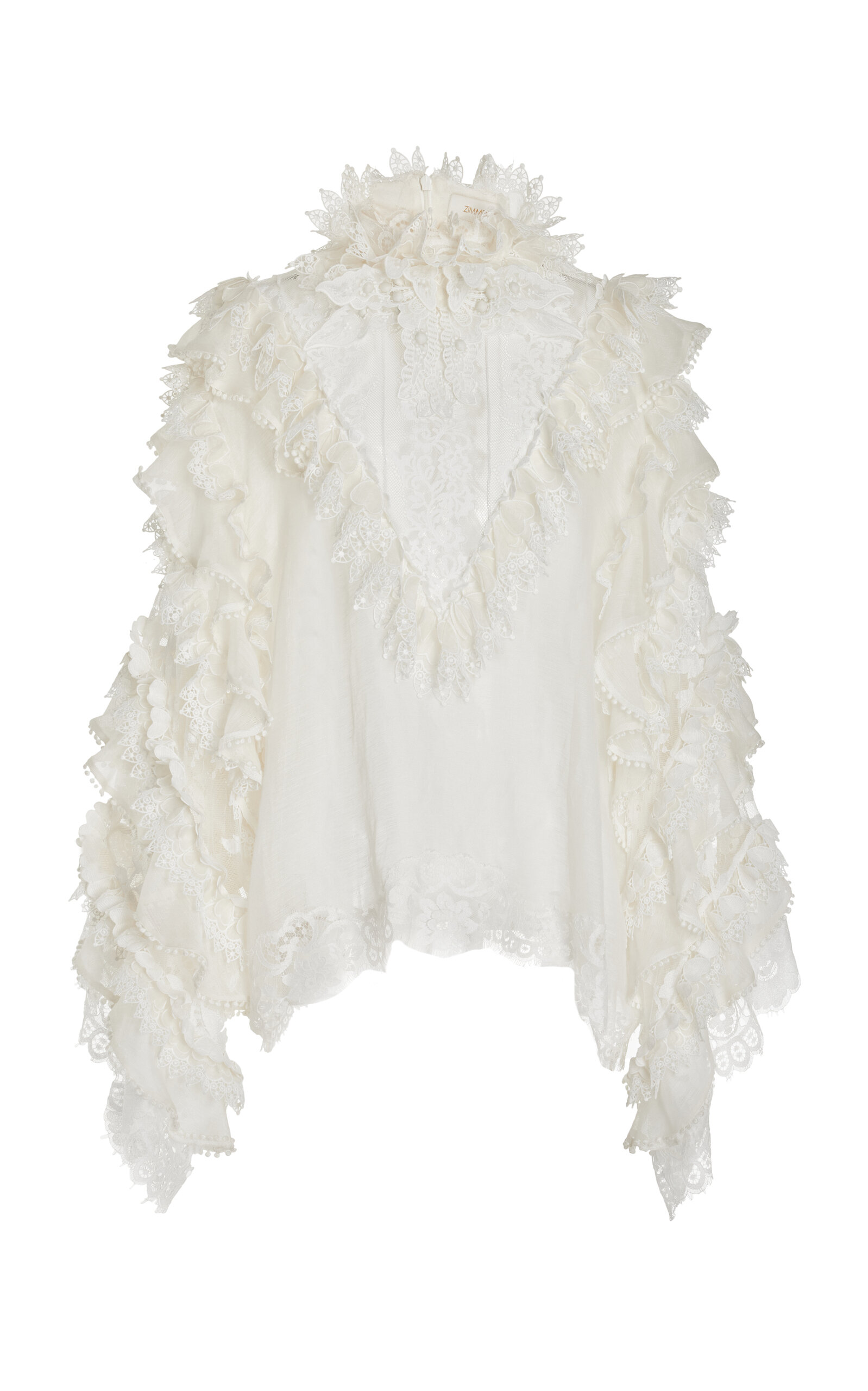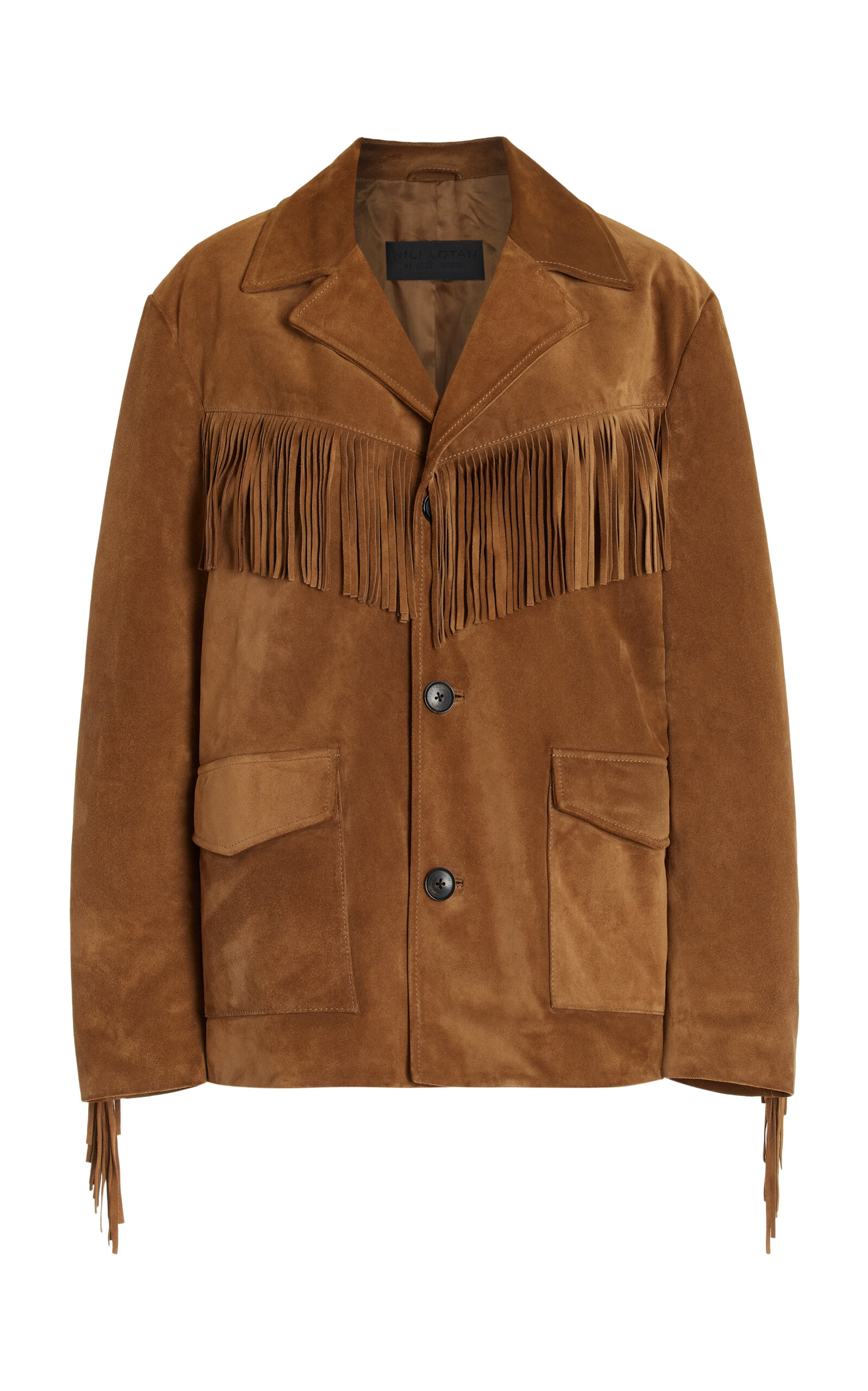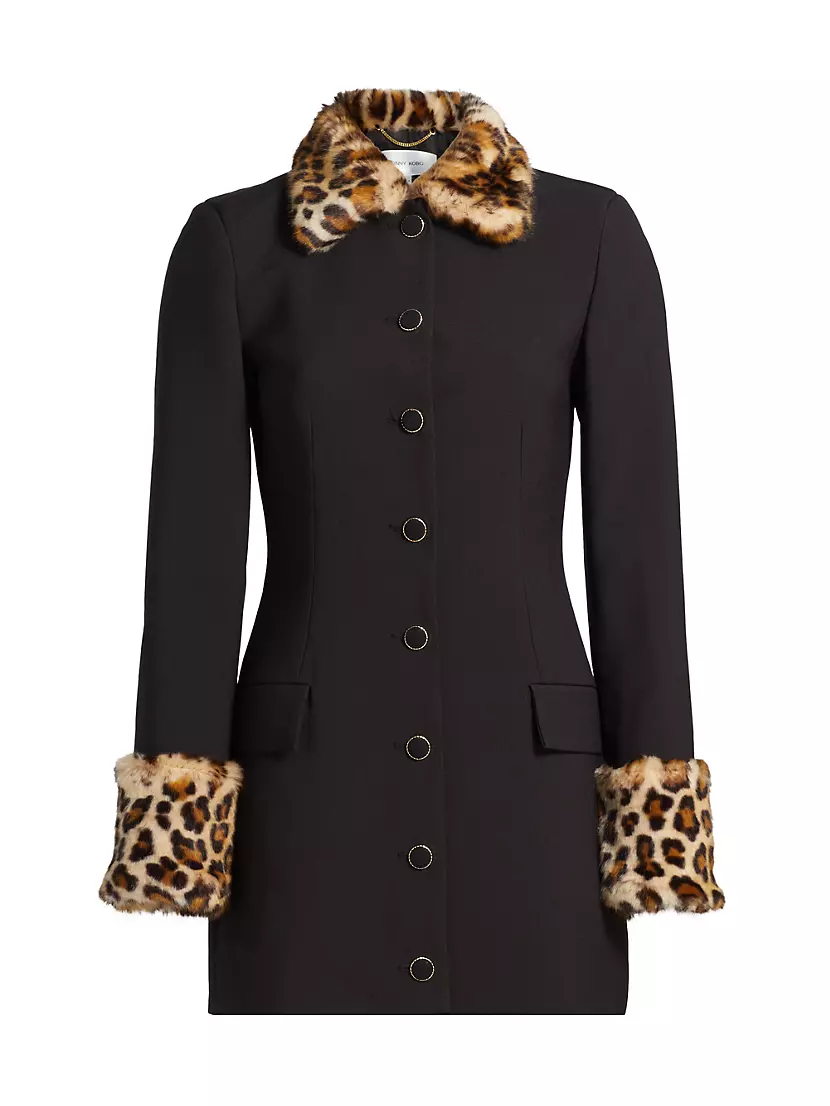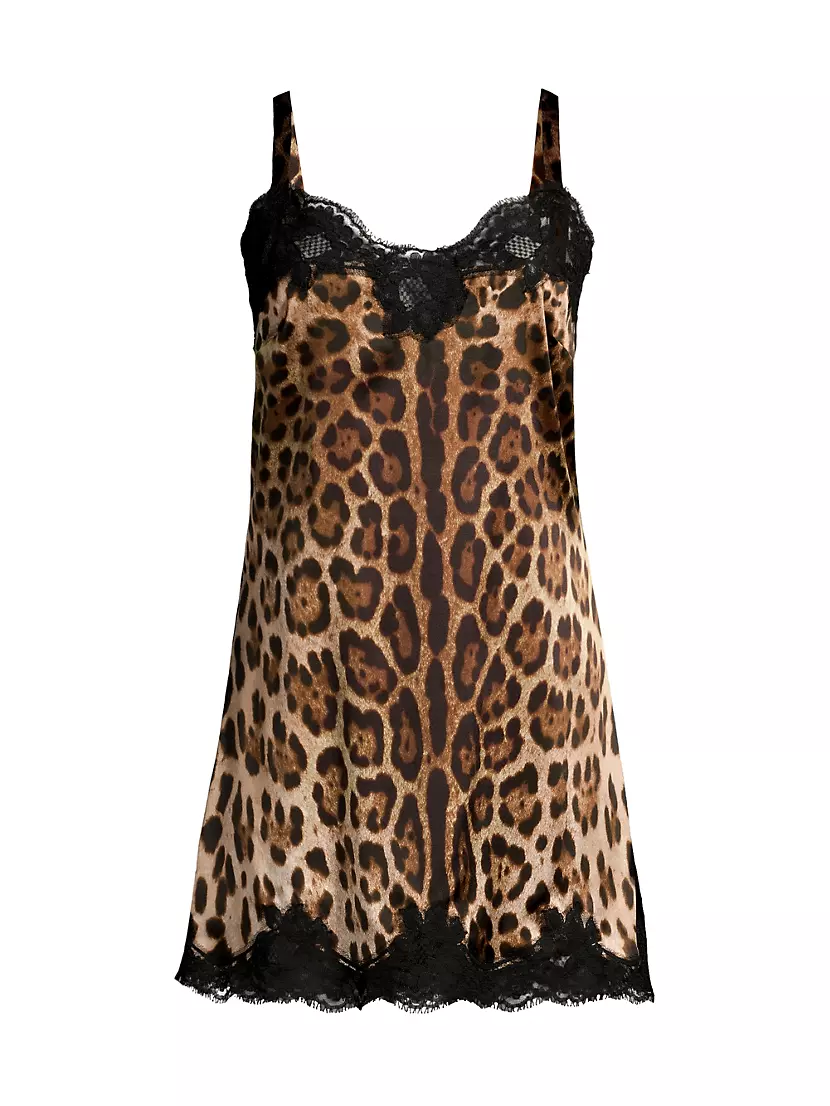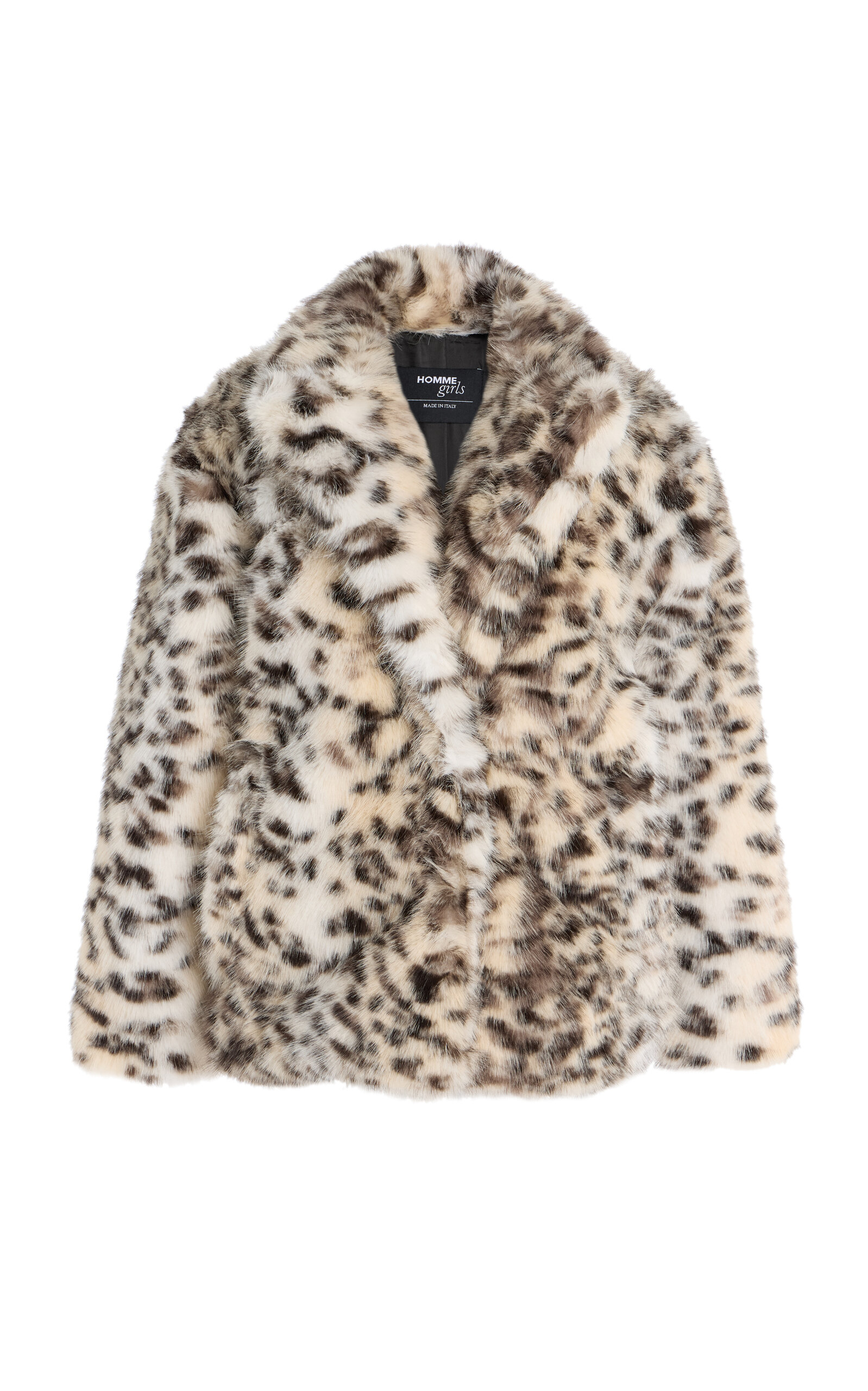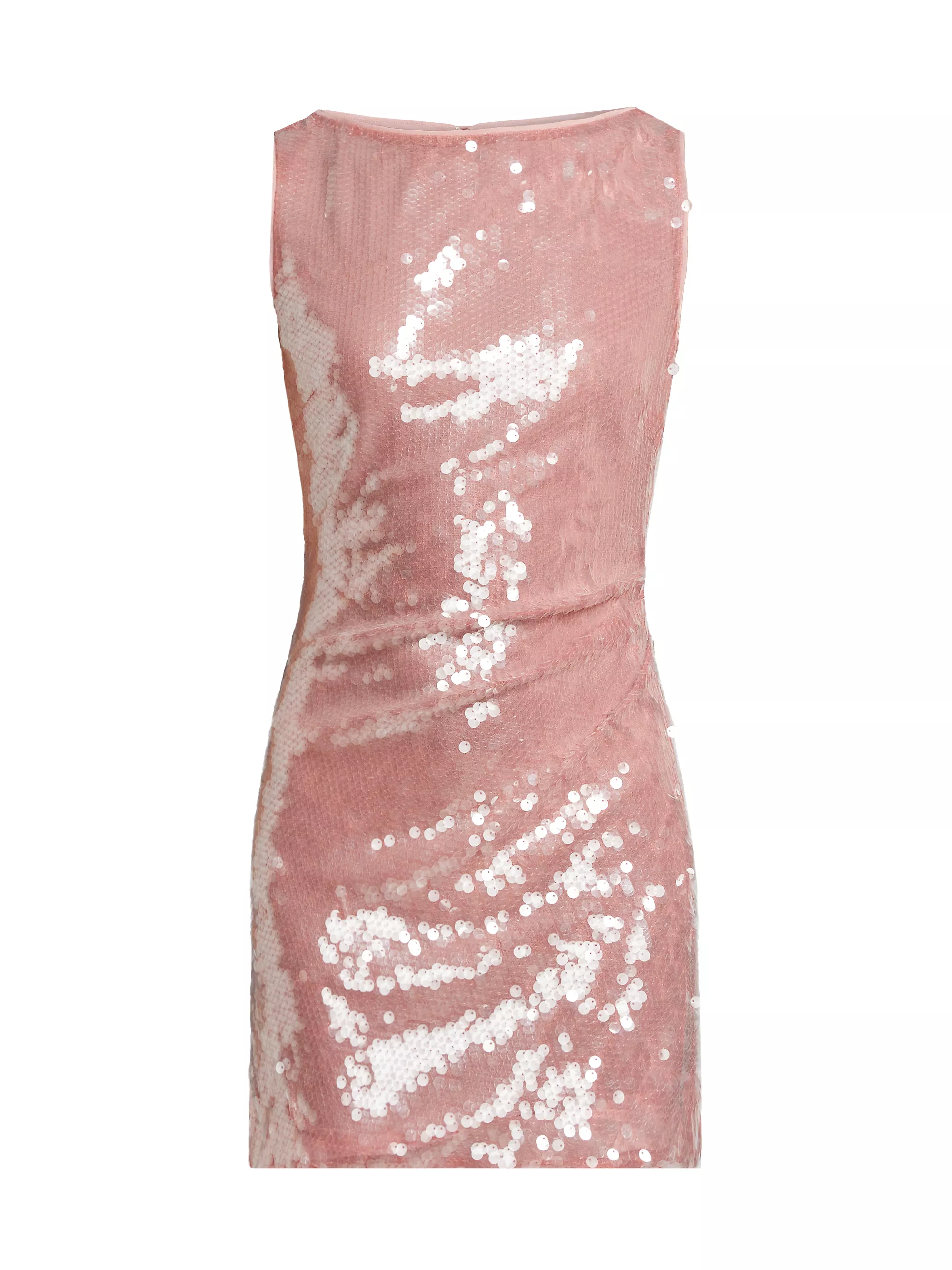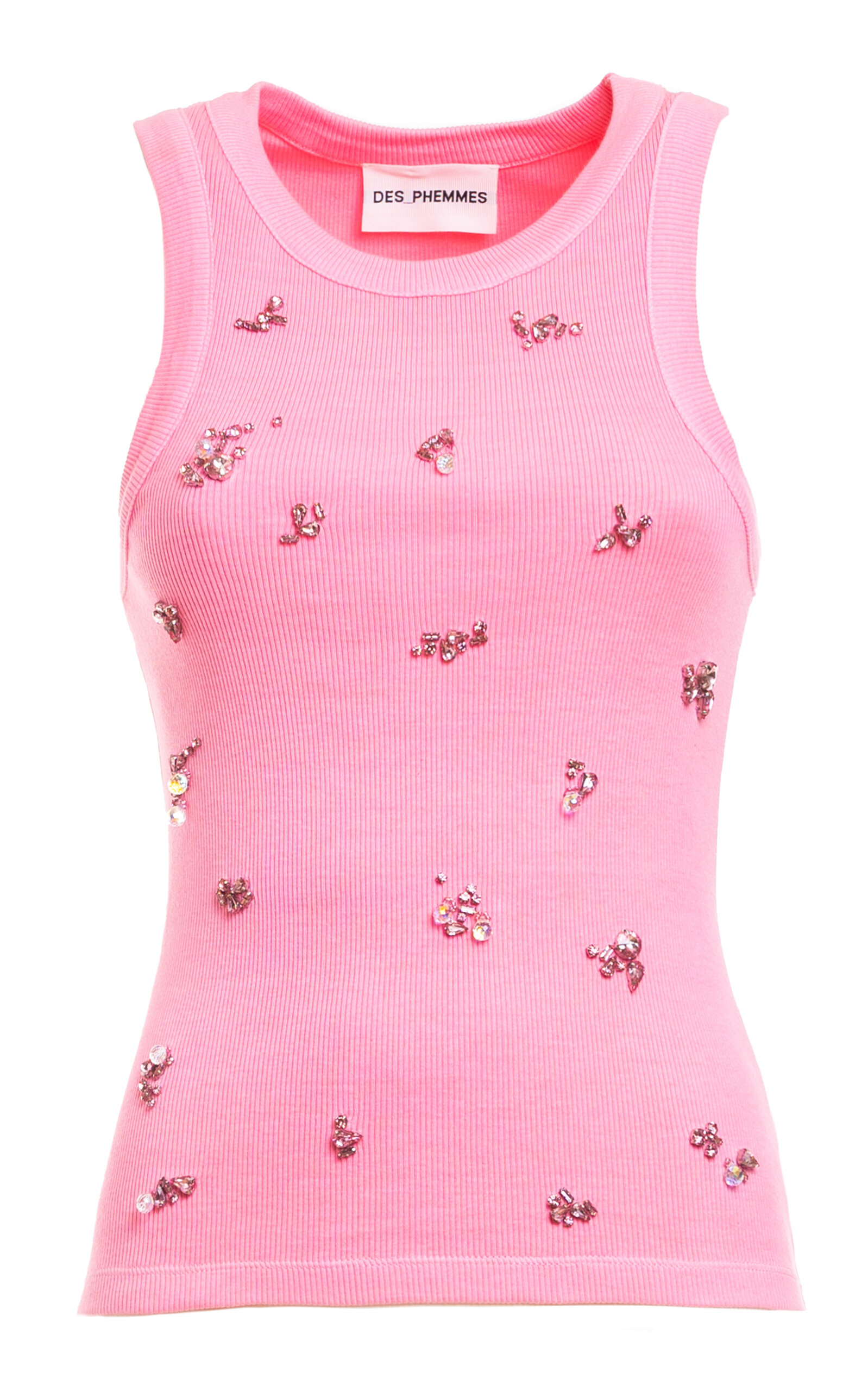For an Elder Millennial Fashion Director, Fall 2025's Trends Are One Big Y2K Reunion
Watching today’s runways feels like flipping through my own scrapbook.
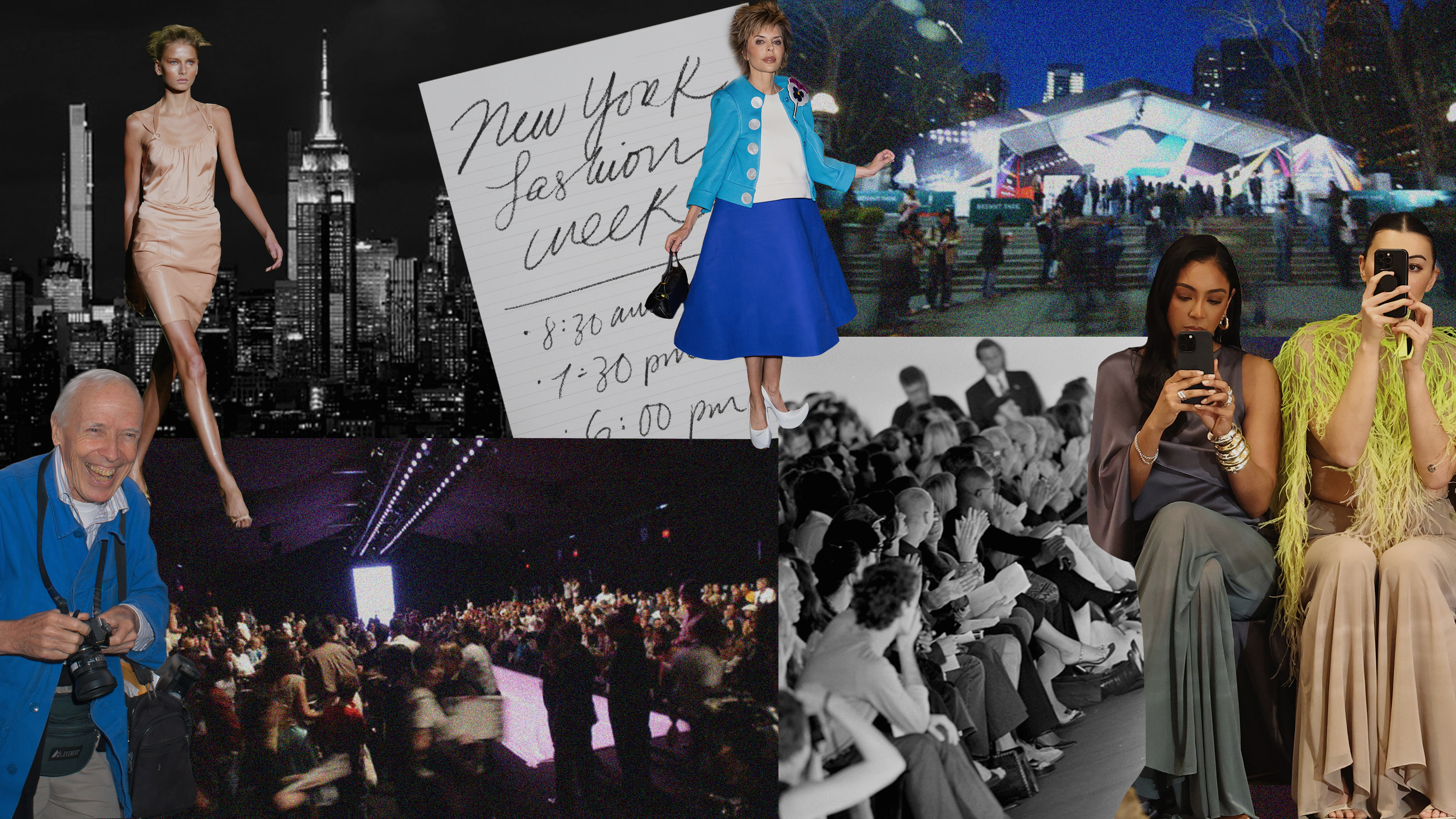
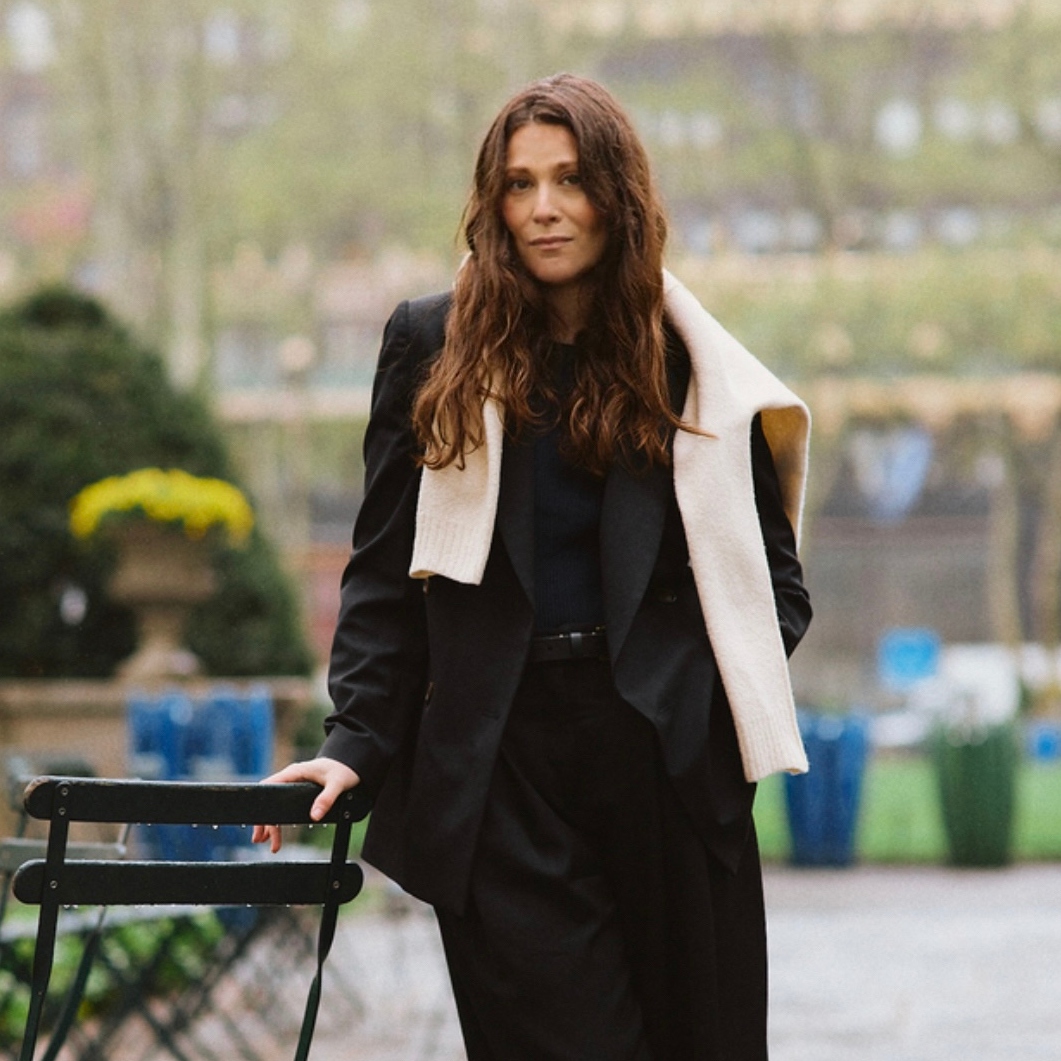
In fashion magazines, those of us who’ve been around a while can’t help but reminisce about how things “used to be.” We had more of everything—budgets, magazines, and controversial jean trends. In the early 2000s, Fashion Weeks (and the weeks that turned into months in Milan and Paris) looked similar in many ways and different in others. Models and socialites sat where influencers sit now; but now and then, they were hardly size-inclusive. Tax brackets also distinguished personal style: uptown girls had a uniform, downtown girls had another, and the two did not meet—unless you count running into each other (and Chloë Sevigny or an Olsen Twin) late at night at the Beatrice Inn.
I was slogging through an intern-to-closet-assistant rite of passage, but I felt that collective whoosh when the entire fashion world decamped to Bryant Park and then hopped a plane to Europe. Back at HQ, we assistants basically ran a logistical orchestra—booking town cars, juggling seating charts, and begging PR assistants on the curly-corded office phone for a first-row upgrade for a senior report on the team. And that was before tackling the faxes of lookbooks and digital camera mania: charging devices, dumping memory cards, and scribbling notes on VIP looks to request for the next issue's cover shoot with fierce determination.
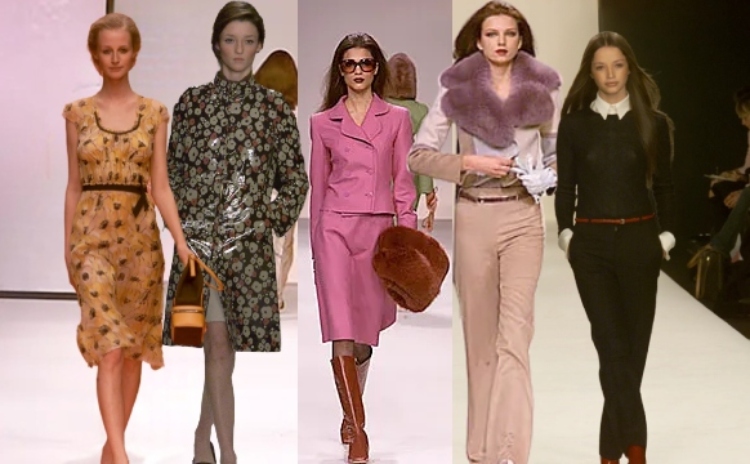
The Fall 2000 catwalk straddled two centuries, mirroring a cultural pivot from ‘90s minimalism into a whole new millennium. Designers played with metallic fabrics, bolder color codes, and a fresh take on '70s boho, capturing both the anticipation and the uncertainty of the Y2K years to come.
Then, everything changed practically overnight, and Instagram (now Meta) turned Fashion Week into a global spectacle. Editors who once wrote at leisurely paces (deadline? That was, like, a week away!) suddenly posted live updates before the models even stepped off the runway. Shows were live-streamed, captions were typed out on an iPhone with an index finger, and anyone with a screen—on their couch or halfway across the world—could join the front row. That fast-forward effect drastically shortened the trend cycle, too. In the time it takes to refresh your feed, a new viral It-Bag can be declared over—unless you’re in Copenhagen, where vintage and sustainability persevere.
But here’s the ironic twist: All the frenzy (amidst a tumultuous political climate) has ushered in a massive Y2K comeback right on cue at the 25-year mark. Loud luxury logos and sleek Calvin Klein runways are of the now—although the price tags might look slightly different, and there are a few more female creative directors at the helm.
So, while the front row is no longer just a who’s who of society pages and Vogue editors, that old-school sense of anticipation in what's to come remains. There’s still the frantic scramble to get inside, the thrill of a great styling hack, and, if you’re lucky, a reliable car (a Volvo XC90 in our case) willing to drive you around in heinous New York City traffic. Only now can the entire world tune into your same fashion month experience—if you want them to.
The past may be gone, but it has not been forgotten. The Fall 2025 runways look vaguely familiar to when those gigantic white peaked tents seemed like the center of the universe (for a week, anyway). Here are the Y2K trends that have made their full-circle walk back to the runways.
Stark Minimalism
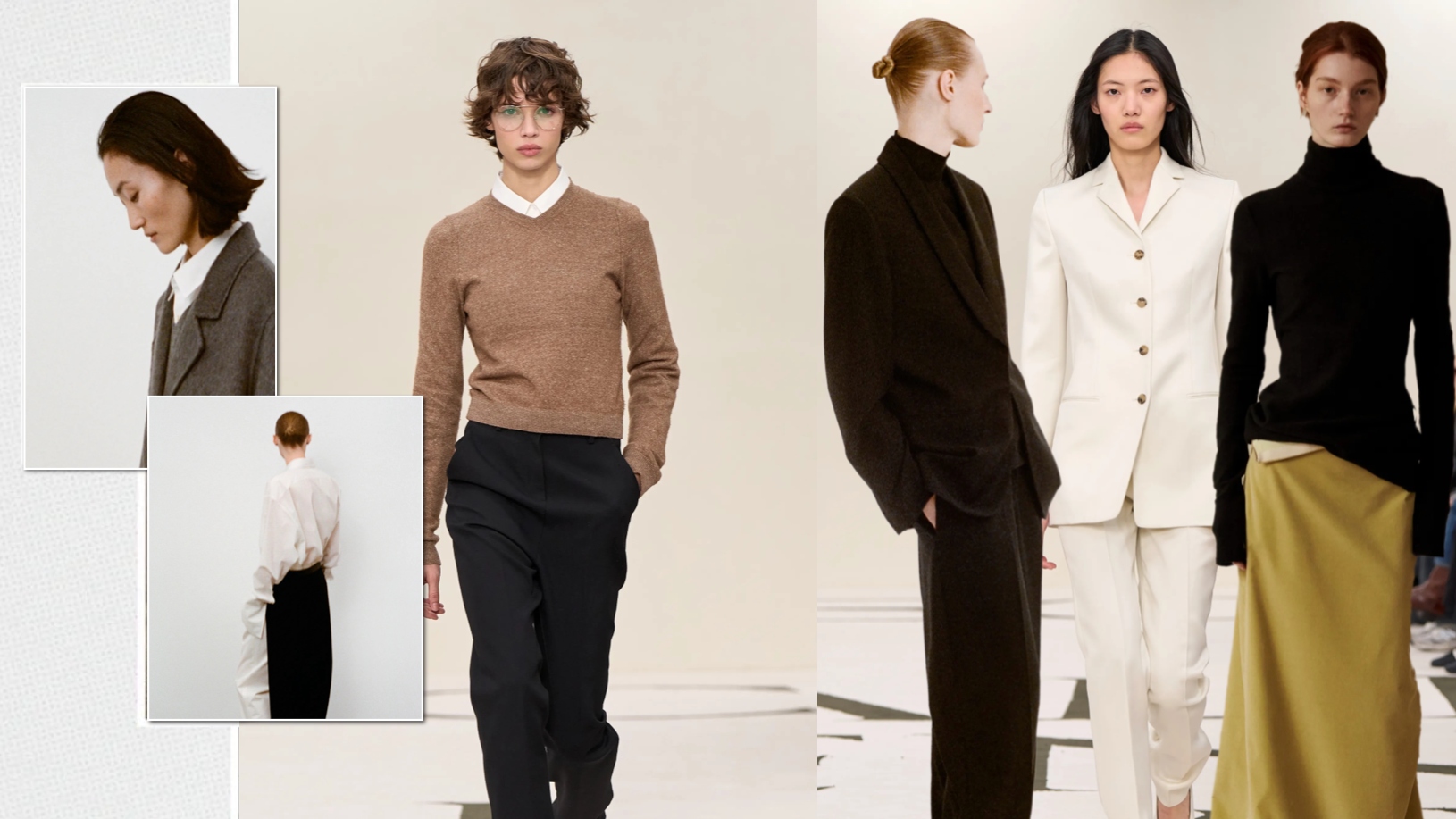
Even in an age dominated by low-rise denim and rhinestoned logos, minimalism found a quiet corner in Y2K fashion. Today, it’s back in full force—clean lines, neutral palettes, and streamlined silhouettes prove that simplicity never really does goes out of style.
Minimalism may not have been the most dominant Y2K aesthetic, but it was definitely there, more subtly. Brands like Calvin Klein, Helmut Lang, and Jil Sander quietly carried the minimalist torch, dedicating themselves to clean lines, neutral palettes, and stripped-down silhouettes that were an influential counterpoint to the era’s loud logo maximalism.
Stay In The Know
Get exclusive access to fashion and beauty trends, hot-off-the-press celebrity news, and more.
Low-Rise Waists
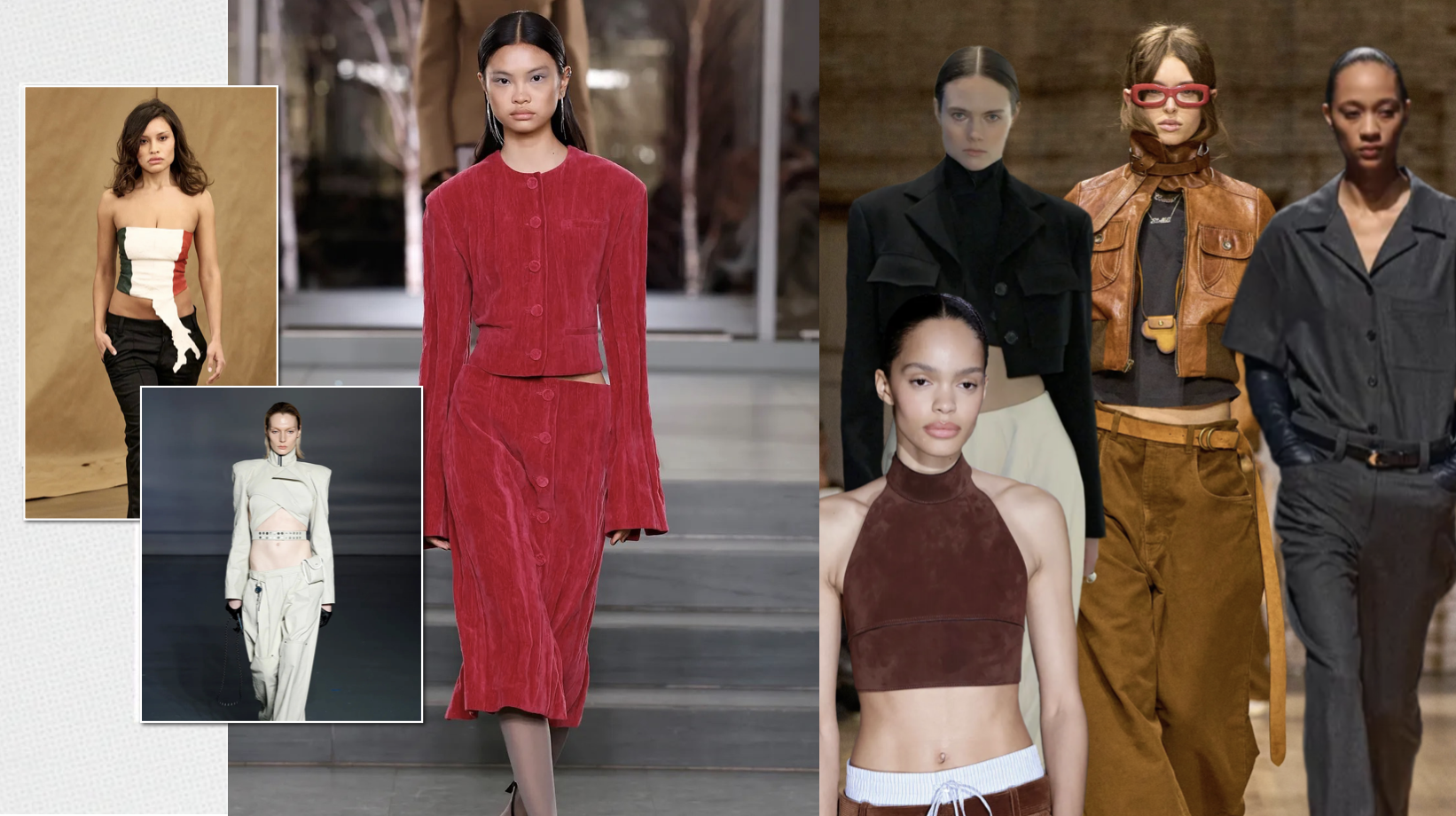
Low-rise waists once ruled the early 2000s, baring midriffs and spawning paparazzi moments everywhere. Now, they’ve slinked back onto runways, giving 2025 silhouettes a wink of nostalgia.
Low-slung jeans, that scandalous denim staple of the early 2000s, have made their way back onto the runway, and it's kind of like the sartorial equivalent of dusting off a CD from 2002. Paired with shrunken cardigans and leather bomber jackets, these silhouettes worship the midriff in a nostalgic and subversive way. It makes sense: Fashion loves a naked dressing moment, after all.
Boho
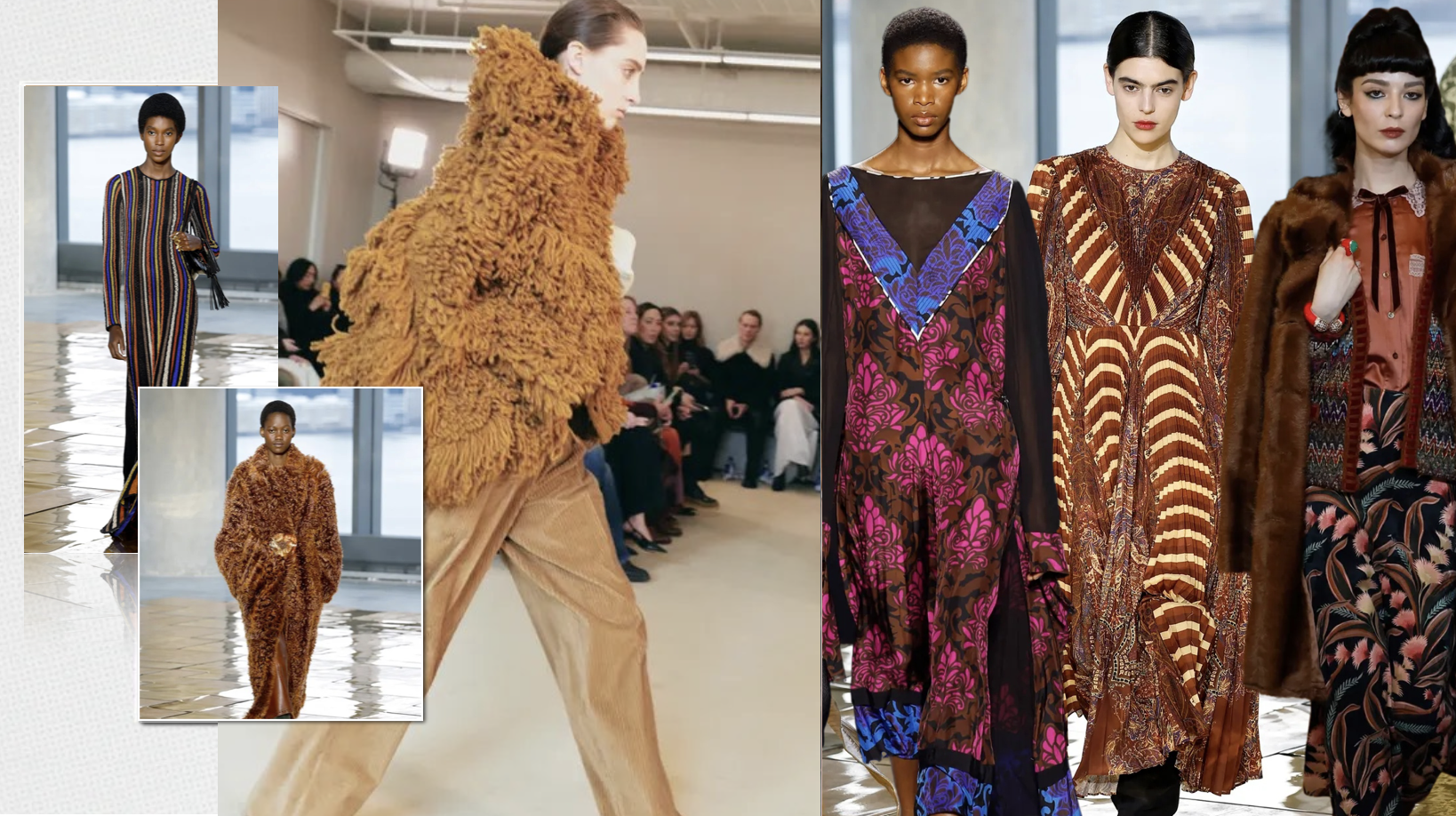
Boho breezed through the early 2000s with tiered skirts, crocheted tops, and uninhibited layers. It's still effortless, romantic, and spinning in that eternal Almost Famous mindset.
Boho in the early 2000s wasn’t just a trend, but a siren call for nonconformists. Designers have revived that free-spirited energy with shaggy yeti furs, vintage-tinged prints, peasant blouses, and rich, textured velvets and suedes in moody brown and purple combos. Twenty-five years later, we can still channel our early-aughts hyperfixation with Sienna Miller's style.
Animal Prints
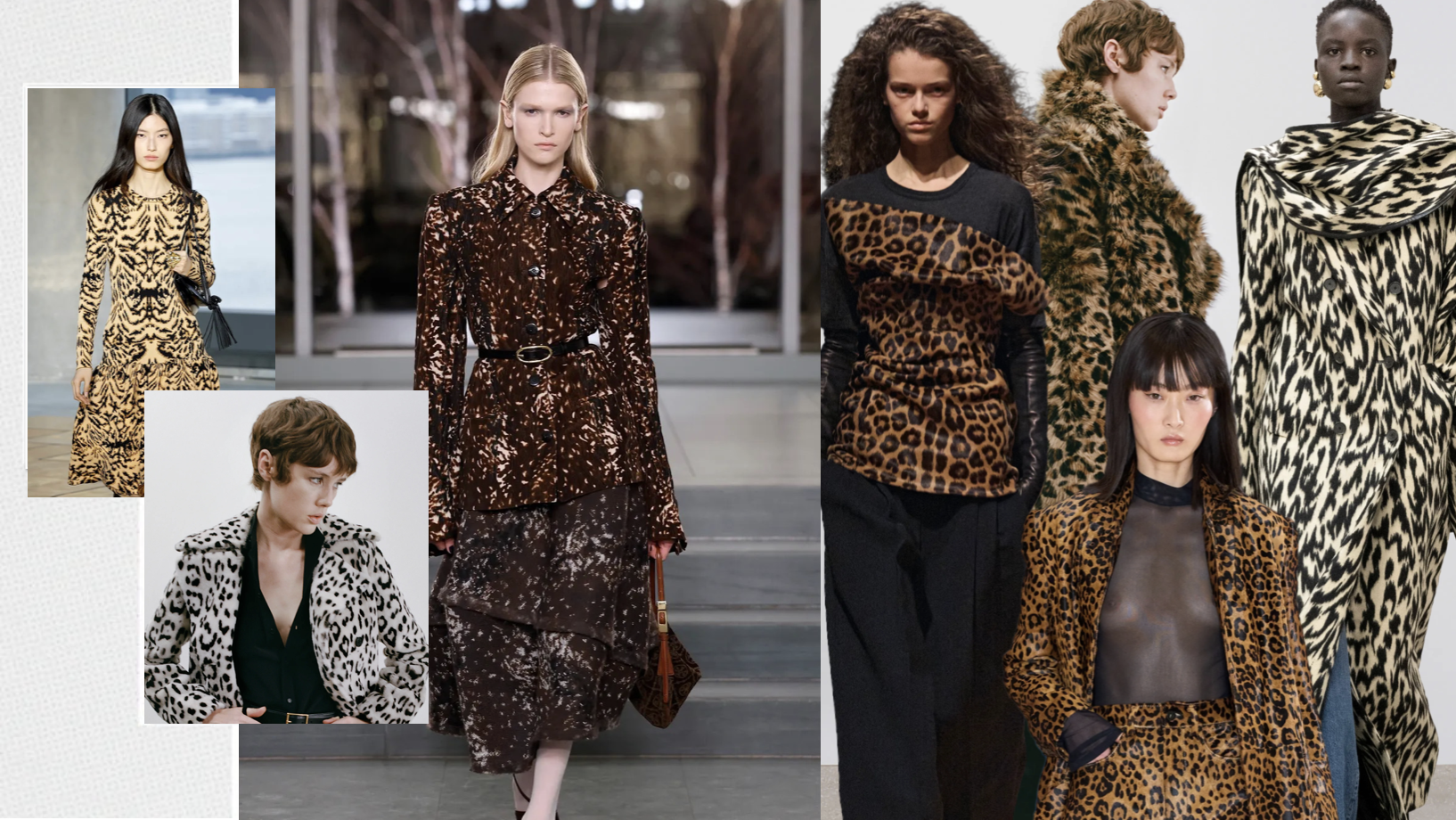
Animal prints were on every 2000s-something It-girl in sight. Now, they’re back in a big way.
In the early 2000s, spotting a leopard or zebra in fashion meant Lindsay Lohan and Paris Hilton were out in full party mode. Animal prints are back on the Fall 2025 runways with a cleaner, more elevated approach. It’s still that fearless Y2K attitude, but there’s less tabloid frenzy this time.
McBling
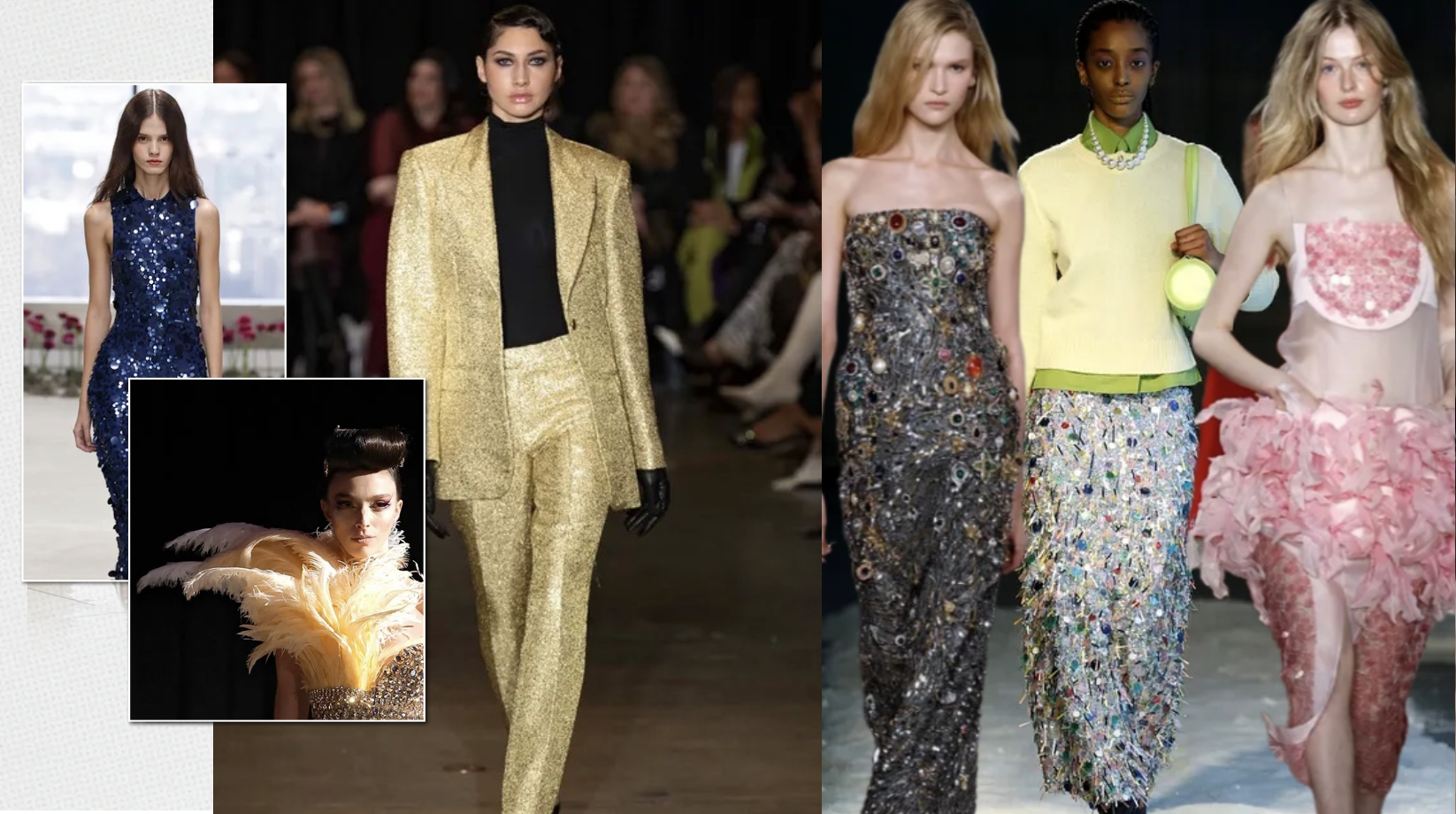
McBling once dripped in rhinestones and loud logos, dominating the early 2000s party circuit. Today, it’s back with a choose your own adventure attitude.
“McBling” is more of a cultural nickname than an official style movement, but it encapsulates a particular moment in the early 2000s when conspicuous consumption and over-the-top maximalism reigned. Think J.Lo-approved Juicy Couture tracksuits, bedazzled Nokia phones, and designer logos that spared no one. The era of bedazzled kitsch is making a timely comeback in a world of unknowns. And a reminder that dressing the way you want to feel can single-handedly keep you afloat.

Sara Holzman is the Style Director for Marie Claire, where she's worked alongside the publication for eight years in various roles, ensuring the brand's fashion content continues to inform, inspire, and shape the conversation about fashion's ever-evolving landscape. With a degree from the Missouri School of Journalism, Sara is responsible for overseeing a diverse fashion content mix, from emerging and legacy designer profiles to reported features on the influence of social media on style and seasonal and micro trends across the world's fashion epicenters in New York, Milan, and Paris. Before joining Marie Claire, Sara held fashion roles at Conde Nast's Lucky Magazine and Self Magazine and was a style and travel contributor to Equinox's Furthermore website. Over her decade of experience in the fashion industry, Sara has helped guide each brand's style point of view, working alongside veteran photographers and stylists to bring editorial and celebrity photo shoots to fruition from start to finish. Sara currently lives in New York City. When she's not penning about fashion or travel, she’s at the farmer’s market, on a run, working to perfect her roasted chicken recipe, or spending time with her husband, dog, and cat. Follow her along at @sarajonewyork
-
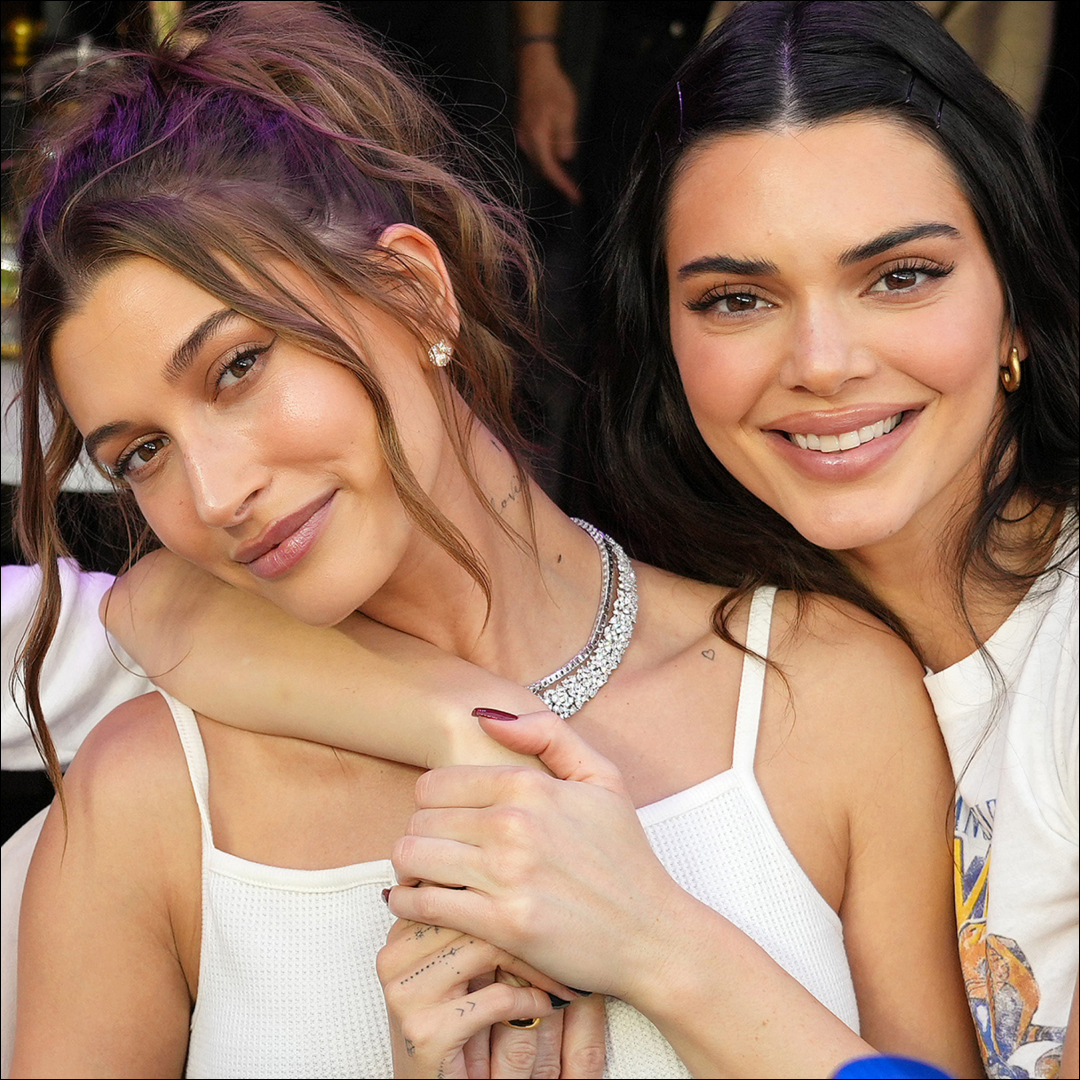 Hailey Bieber and Kendall Jenner Usher in Spring
Hailey Bieber and Kendall Jenner Usher in SpringBieber wore $450 heeled sandals, while Jenner opted for The Row's rubber flip flops.
By Amy Mackelden Published
-
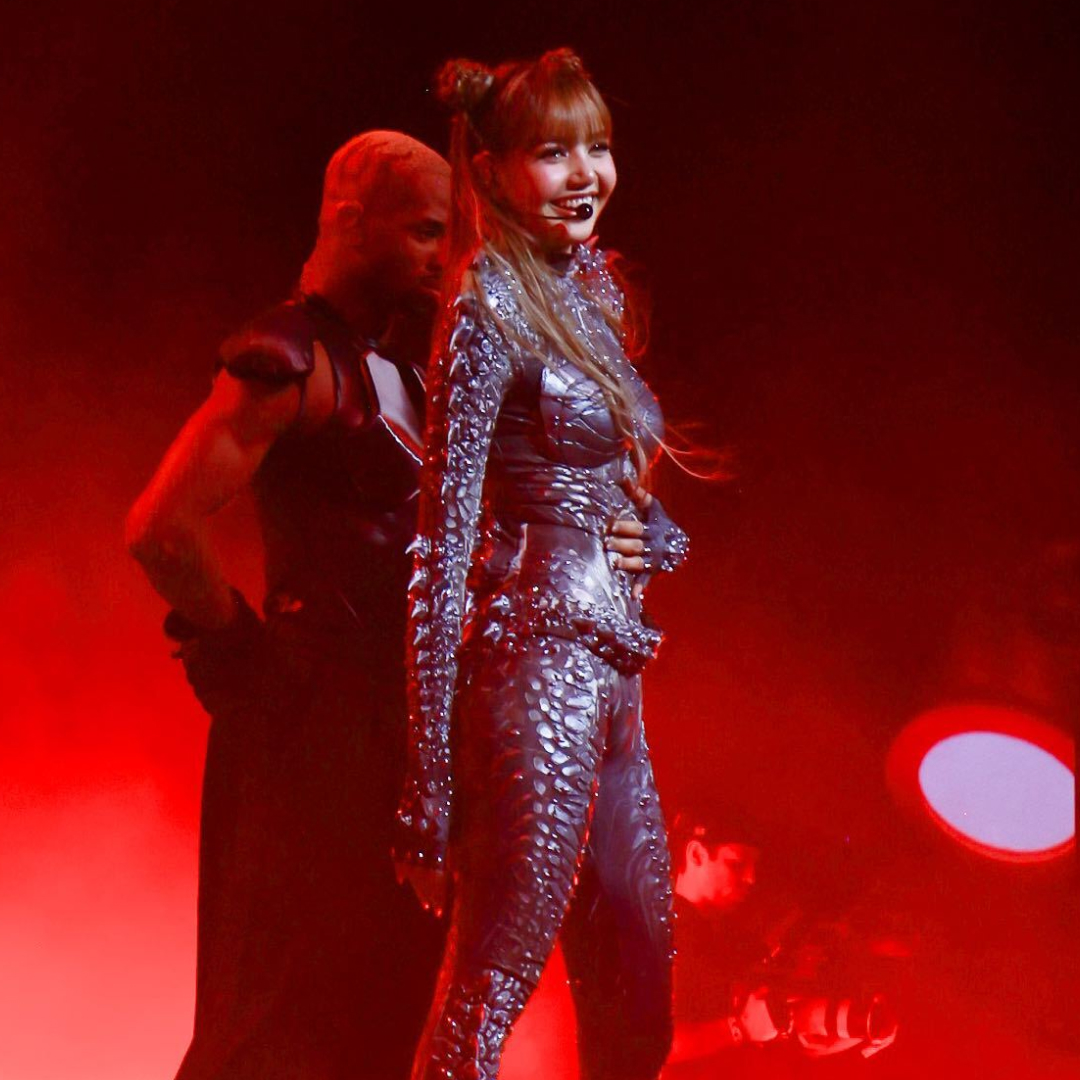 Lisa's Coachella Costumes "Explore the Spectrum" of Her Alter Egos
Lisa's Coachella Costumes "Explore the Spectrum" of Her Alter EgosDesigner Asher Levine brings 'Marie Claire' exclusively behind the scenes.
By Halie LeSavage Published
-
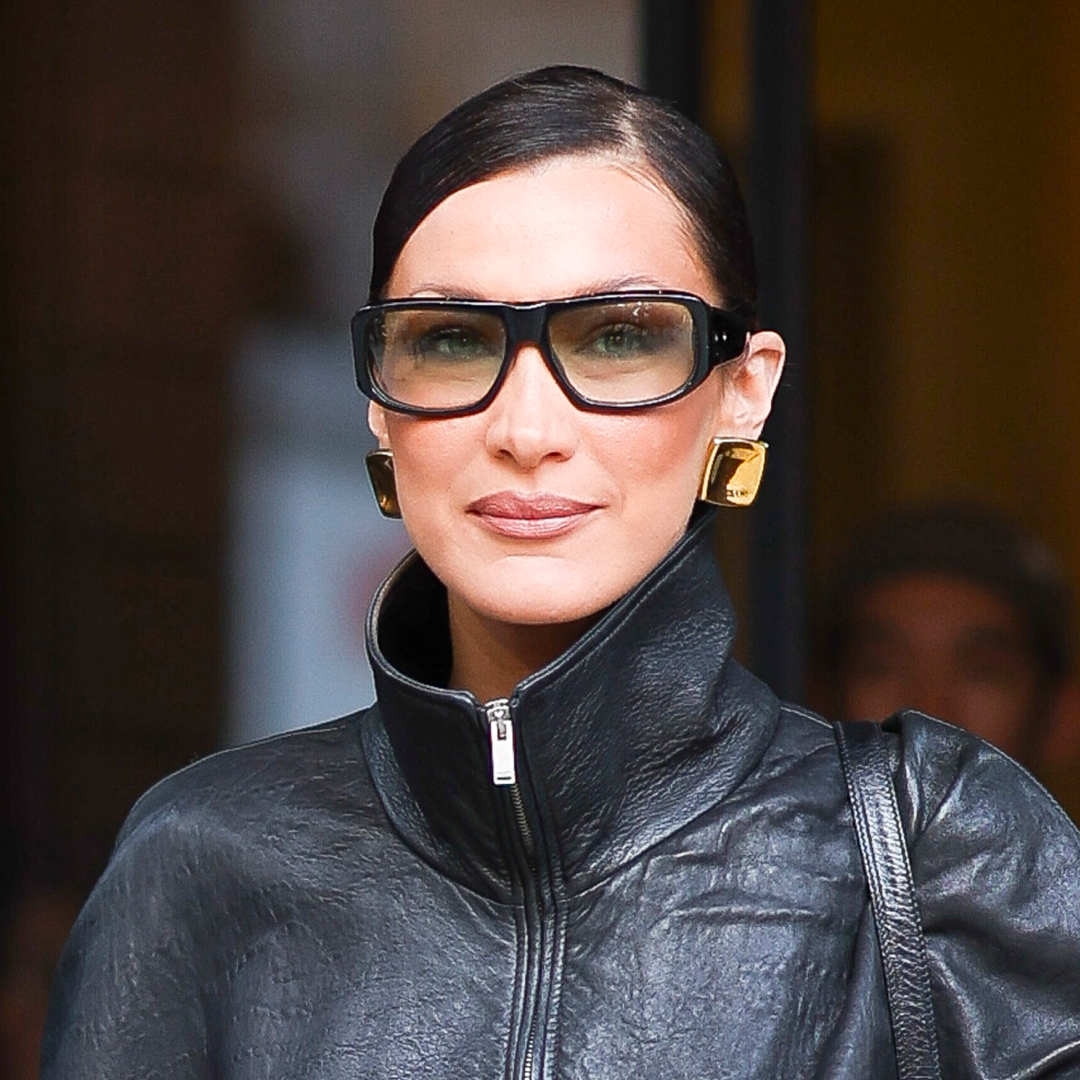 Bella Hadid Combines Two Controversial Y2K Denim Trends
Bella Hadid Combines Two Controversial Y2K Denim TrendsThe model carried her favorite $3,550 bag while filming Ryan Murphy's new show in Paris.
By Amy Mackelden Published
-
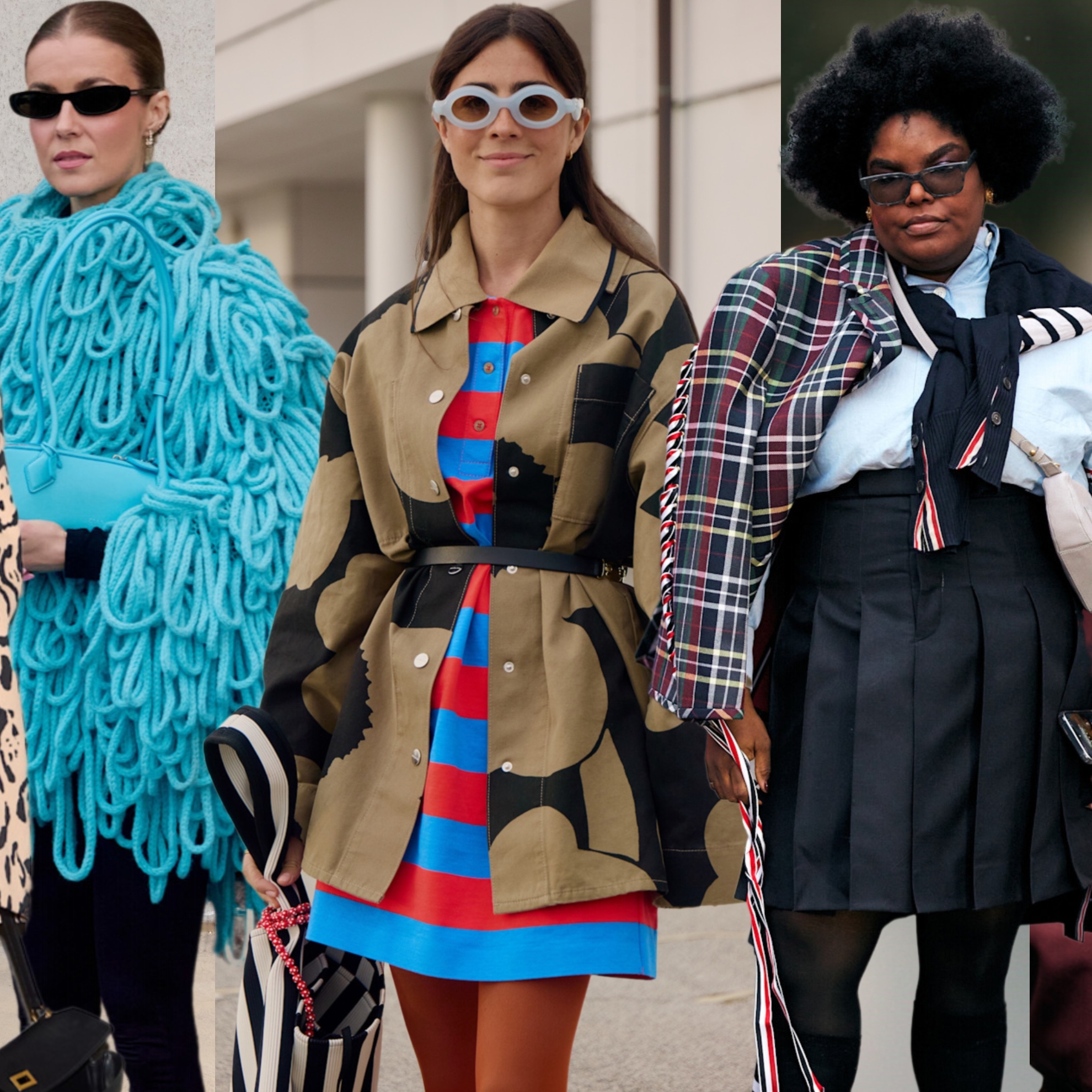 I Left My Favorite Sunglasses in Paris—But Now I Can Test These Street Style Trends
I Left My Favorite Sunglasses in Paris—But Now I Can Test These Street Style TrendsFrom retro cat-eye frames to high-tech transition lenses, there's so much inspiration for my next purchase.
By Sara Holzman Published
-
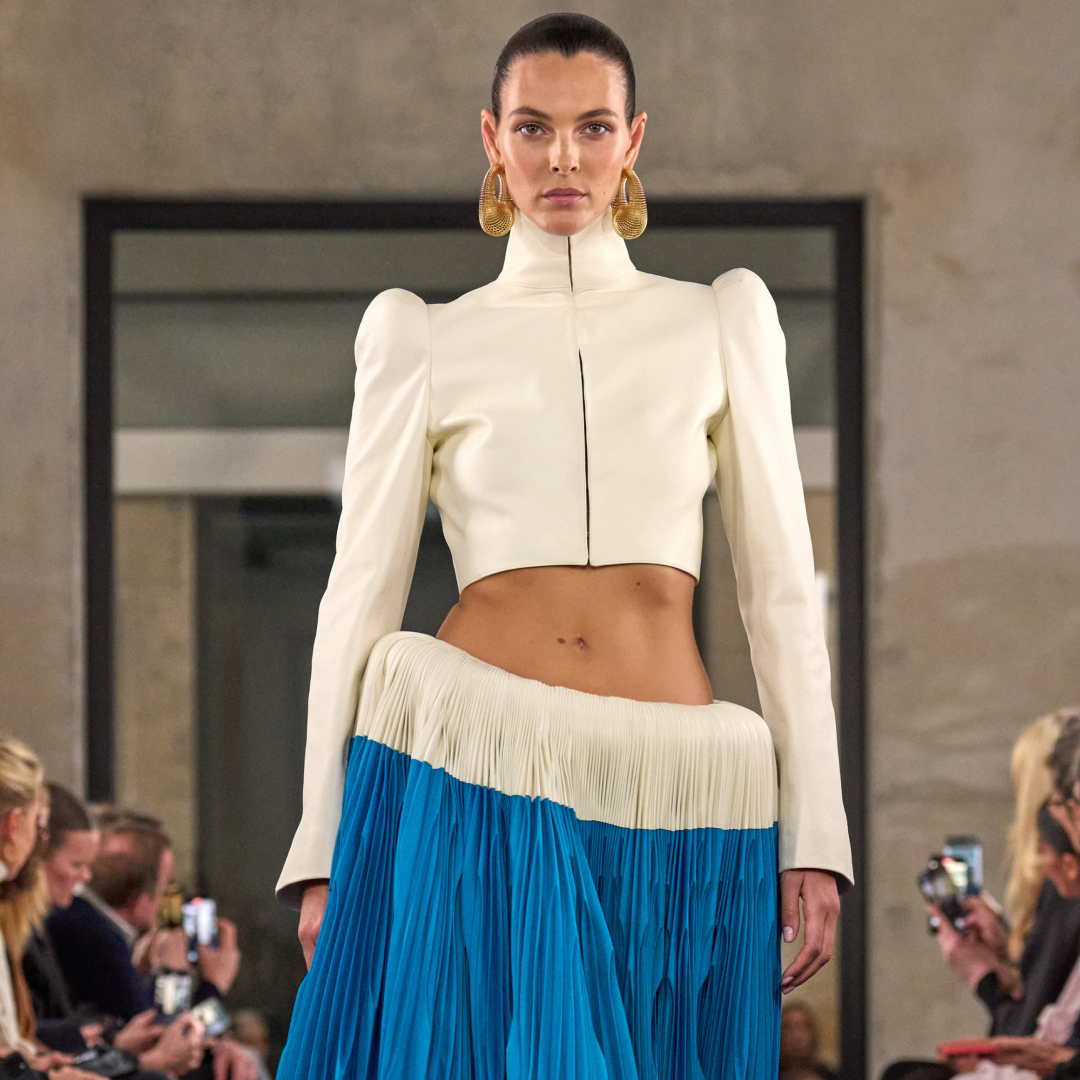 Fall 2025 Fashion Trends Embrace Curves—Runway Casting Is Another Story
Fall 2025 Fashion Trends Embrace Curves—Runway Casting Is Another StoryAccording to a new study, fashion week has never been less inclusive.
By Halie LeSavage Published
-
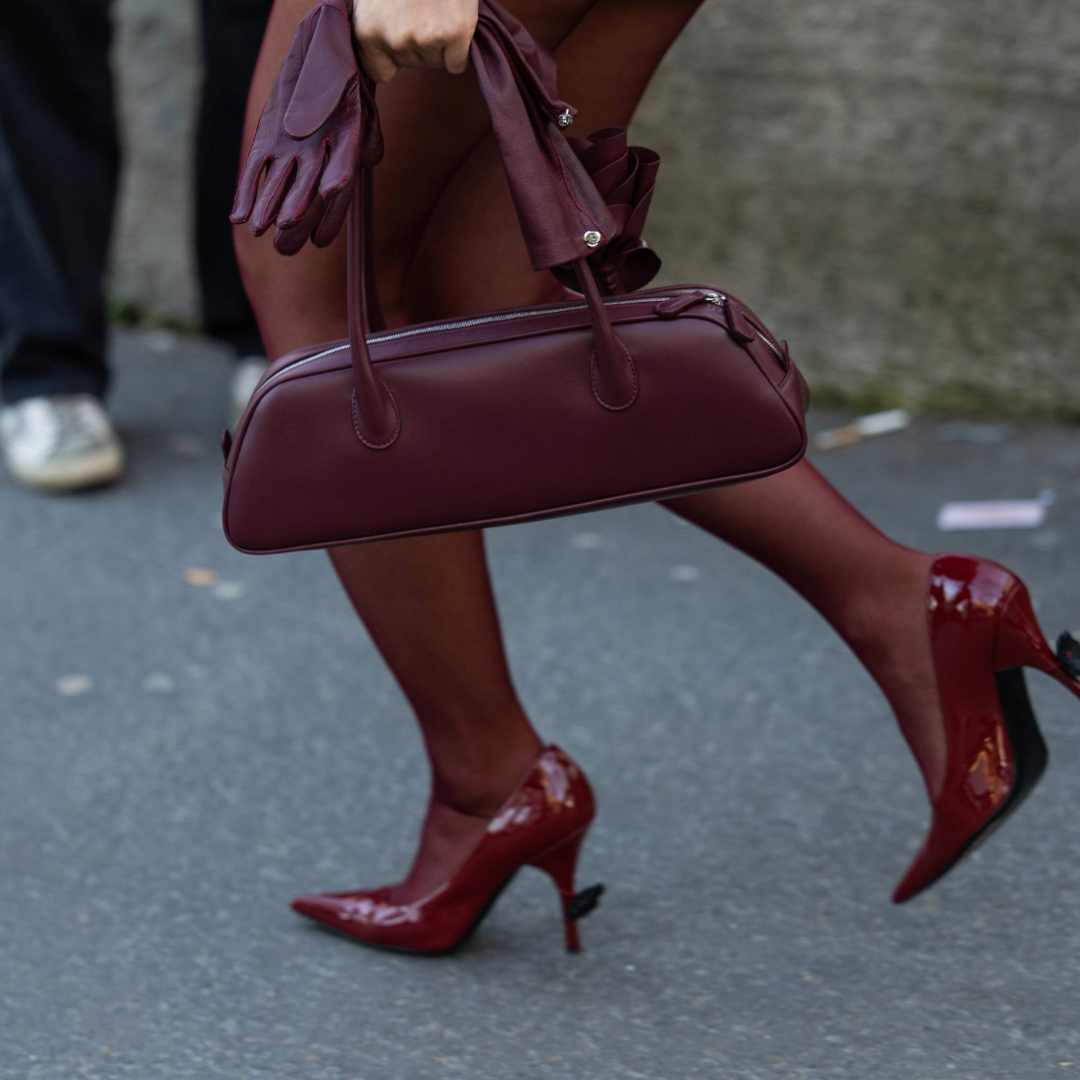 The French Girl Street Style Handbook Includes Matching Your Tights to Your Shoes
The French Girl Street Style Handbook Includes Matching Your Tights to Your ShoesThe look is so easy to replicate.
By Julia Marzovilla Published
-
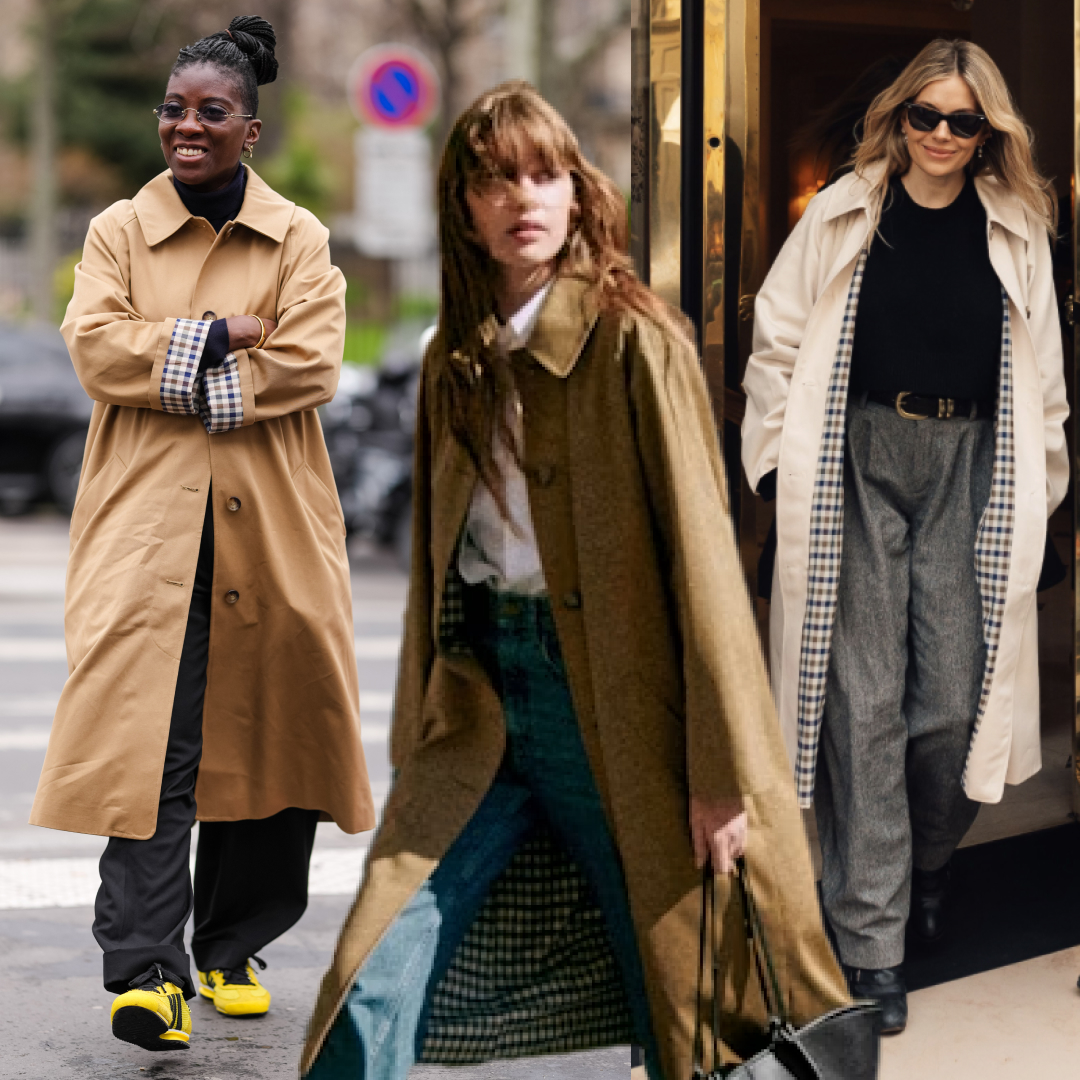 Why Sézane's Best Trench Coat Captivated Tastemakers From New York to Paris
Why Sézane's Best Trench Coat Captivated Tastemakers From New York to ParisSézane's Clyde coat is beloved from Paris to Los Angeles—and back.
By Halie LeSavage Last updated
-
 Bella Hadid Struts Saint Laurent's Fall 2025 Paris Fashion Week Show in a Blue Lace Naked Dress
Bella Hadid Struts Saint Laurent's Fall 2025 Paris Fashion Week Show in a Blue Lace Naked DressThe model shut down Saint Laurent in a blue lace naked dress.
By Halie LeSavage Published
-
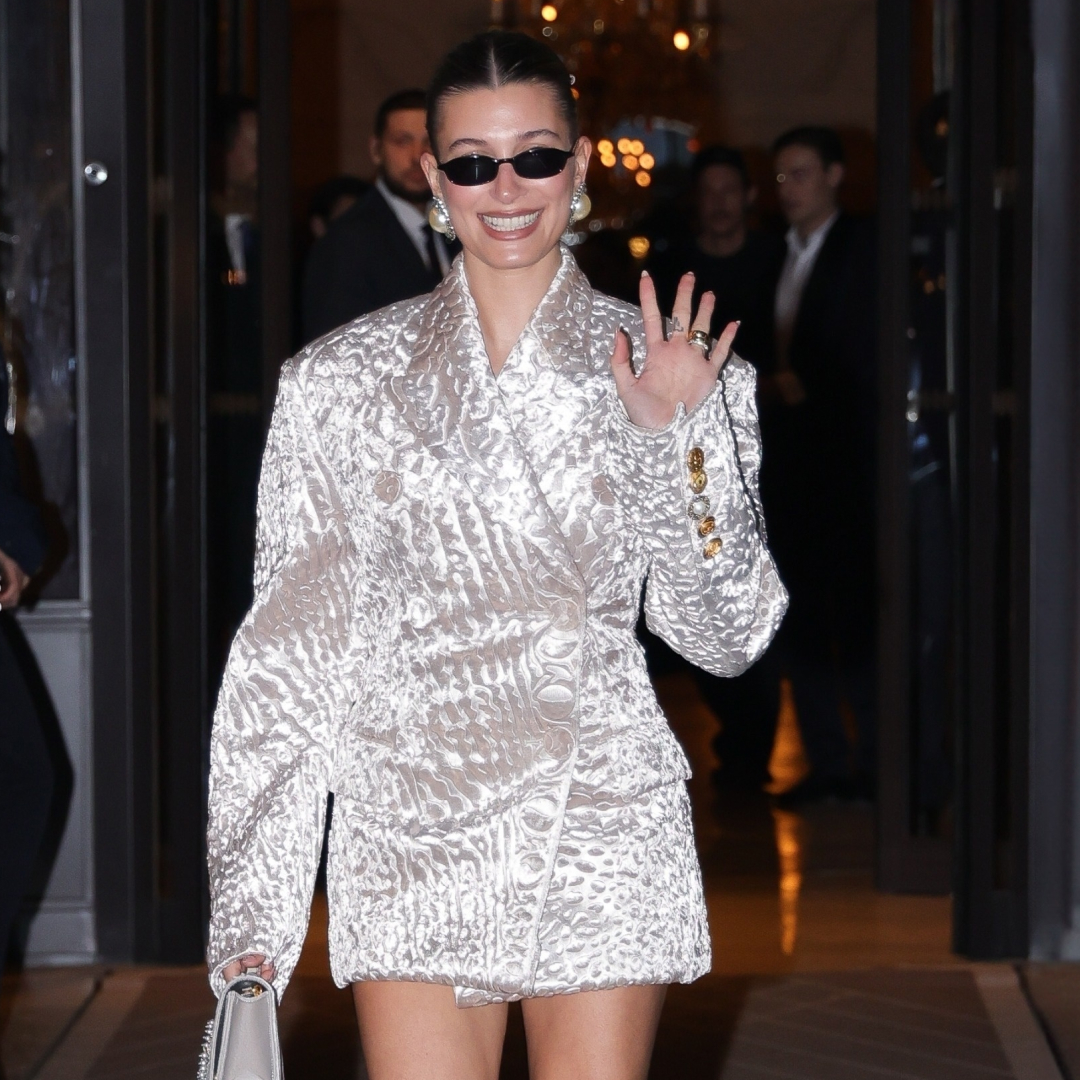 Hailey Bieber Models a Starlit Twist on the Velvet Flats Trend at Paris Fashion Week
Hailey Bieber Models a Starlit Twist on the Velvet Flats Trend at Paris Fashion WeekWith starlit shoes to match.
By Halie LeSavage Last updated
-
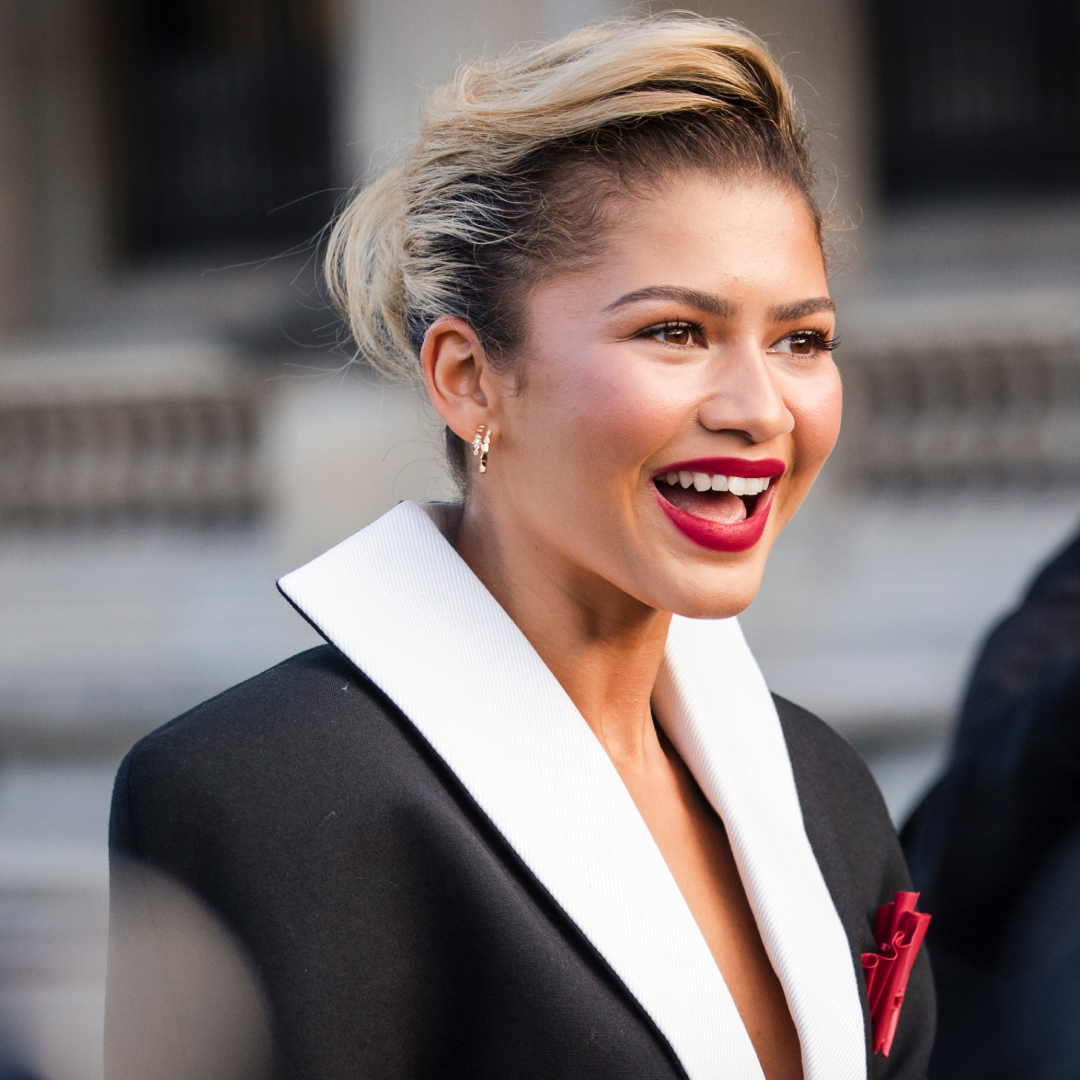 Zendaya, Noted Louis Vuitton Ambassador, Misses Its Paris Fashion Week Fall 2025 Front Row
Zendaya, Noted Louis Vuitton Ambassador, Misses Its Paris Fashion Week Fall 2025 Front RowThe star has her reasons for missing Paris Fashion Week.
By Halie LeSavage Last updated
-
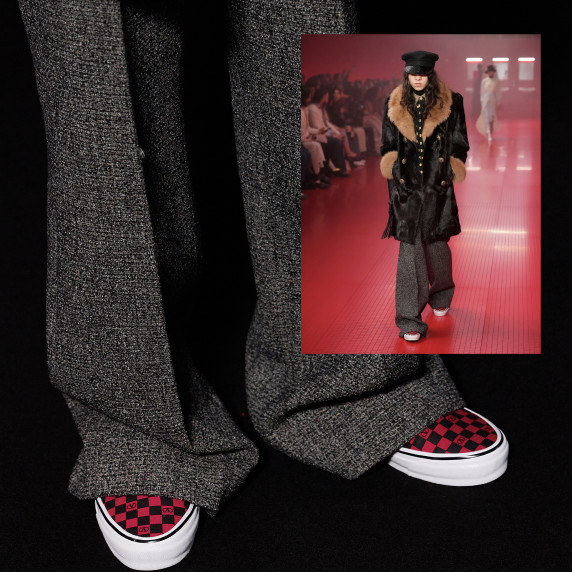 The Vans x Valentino Collaboration Transcends 2025 Sneaker Trends
The Vans x Valentino Collaboration Transcends 2025 Sneaker TrendsValentino wants us to go back to the roots of skater style.
By Halie LeSavage Published
